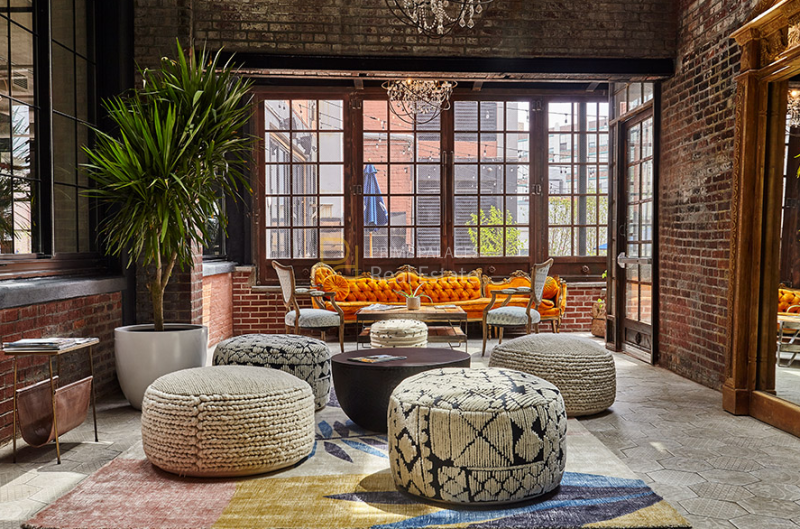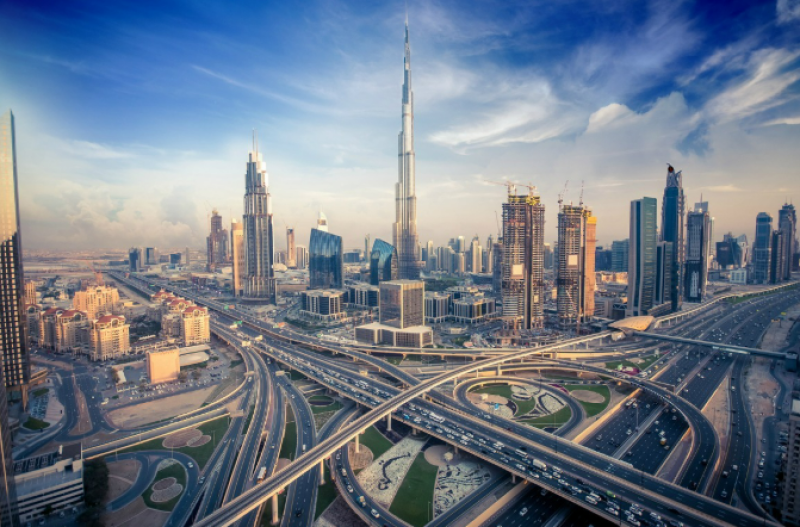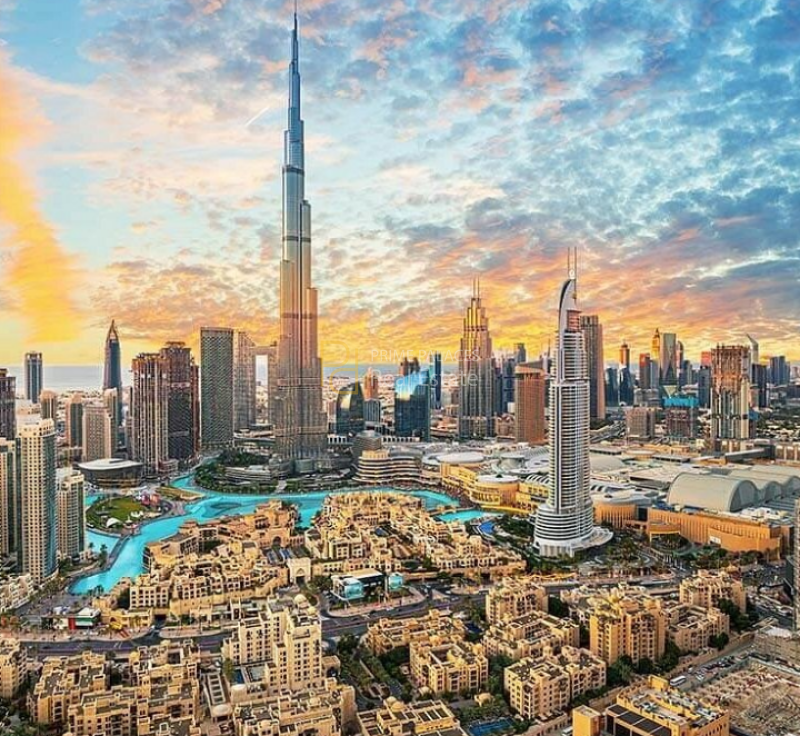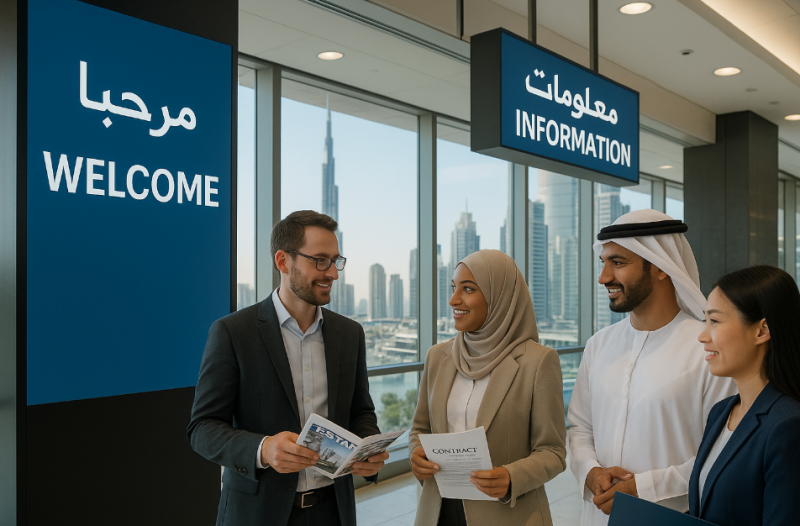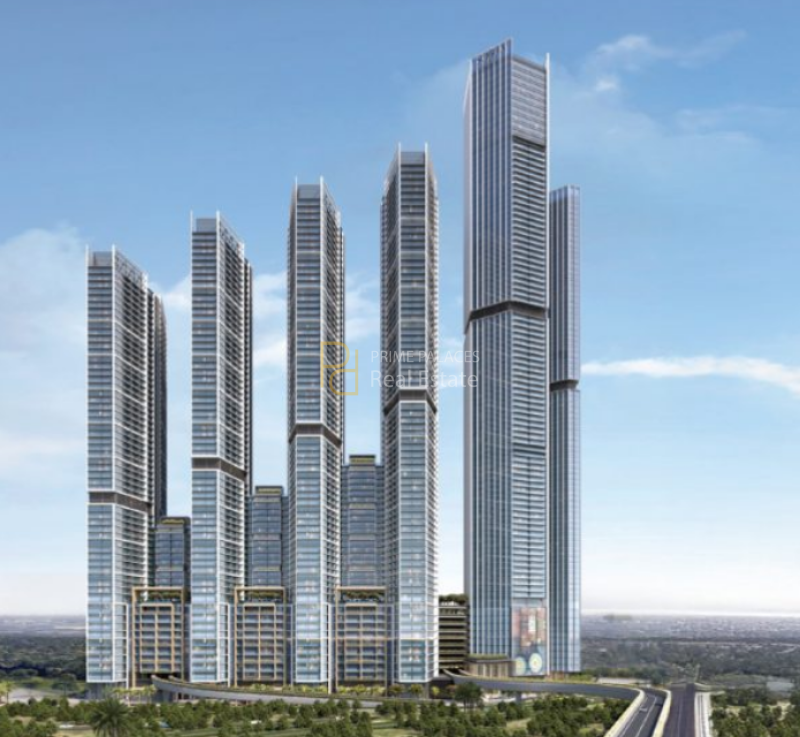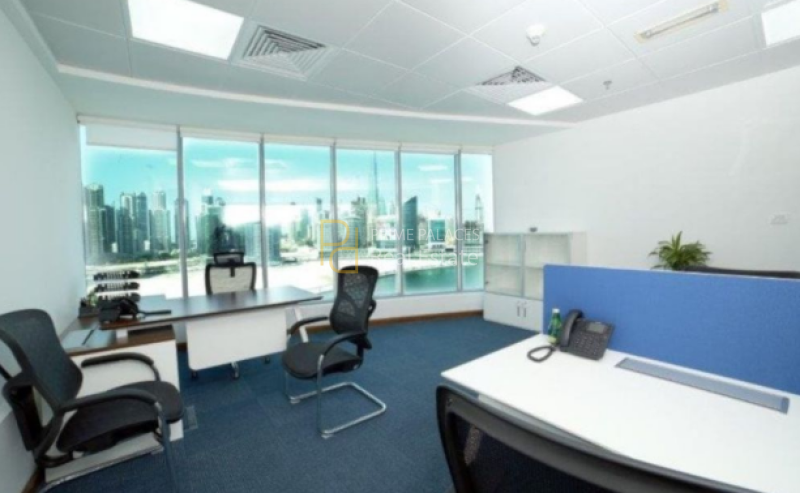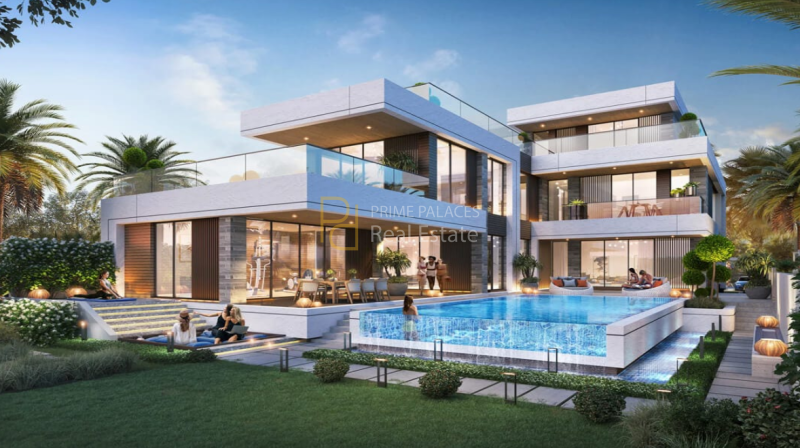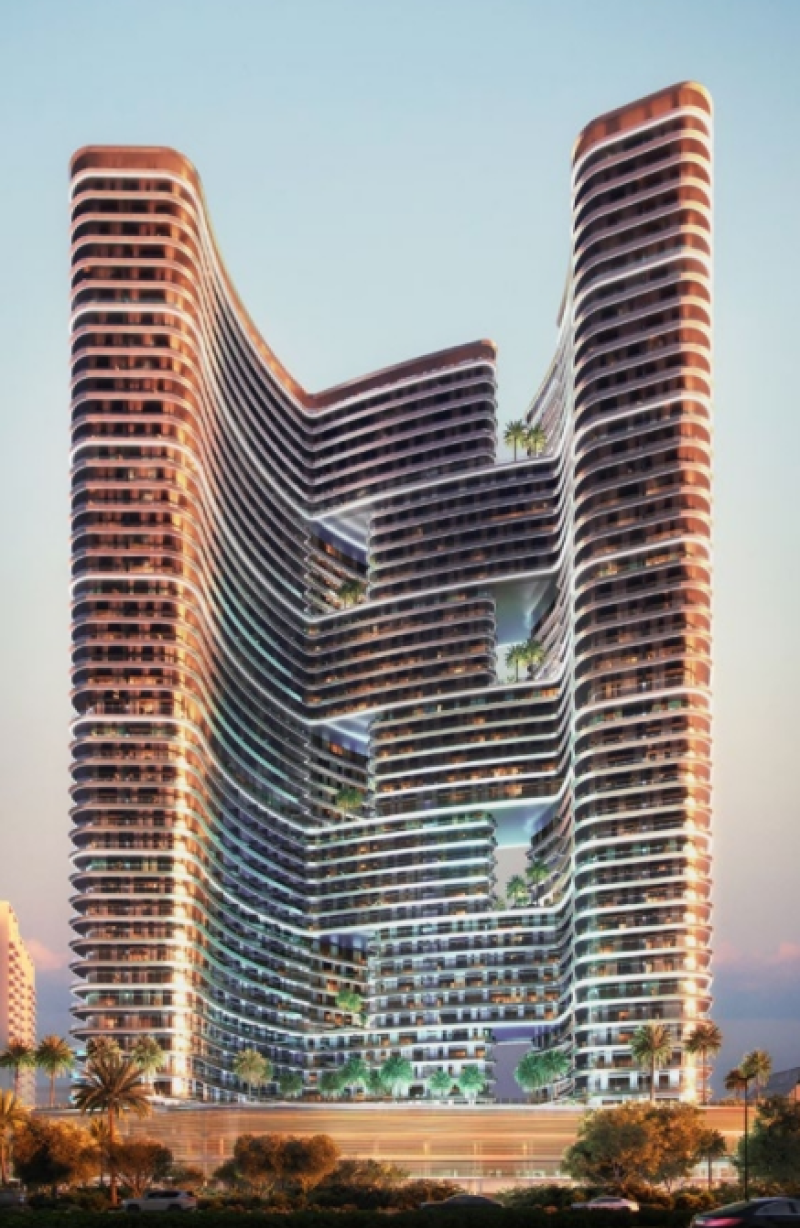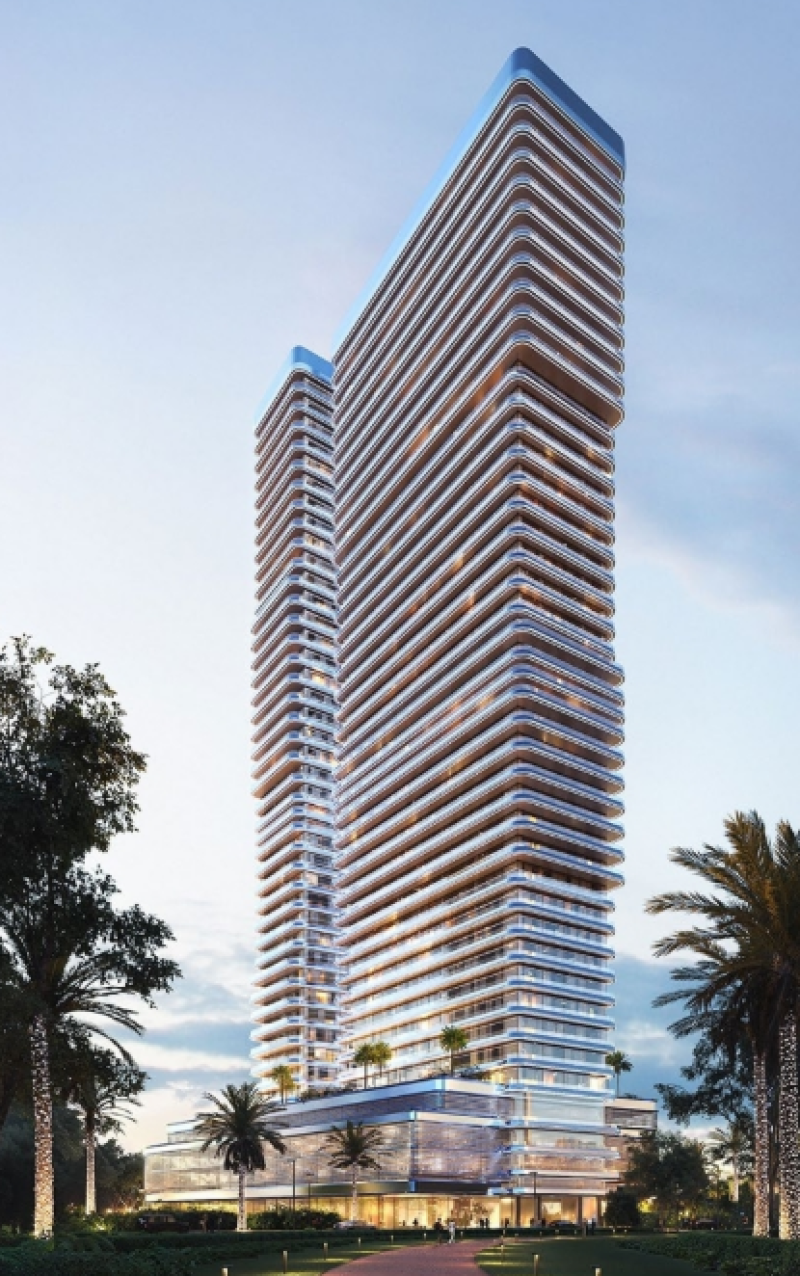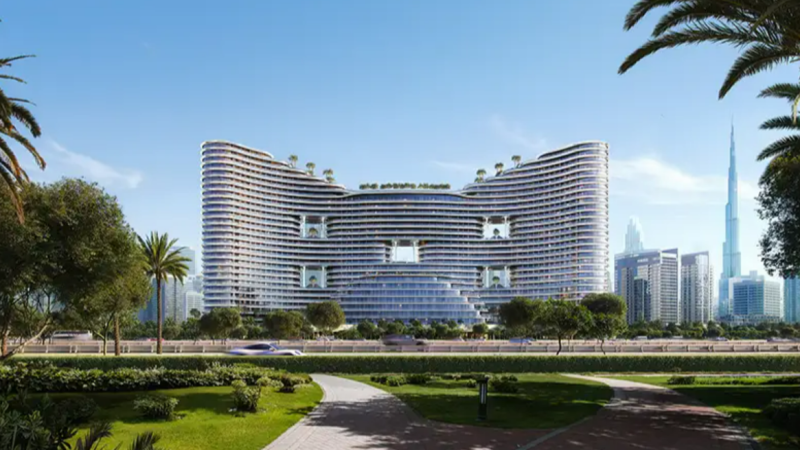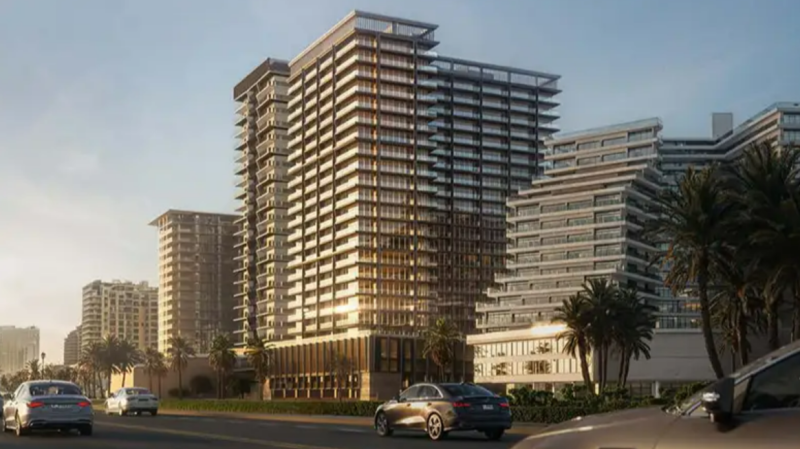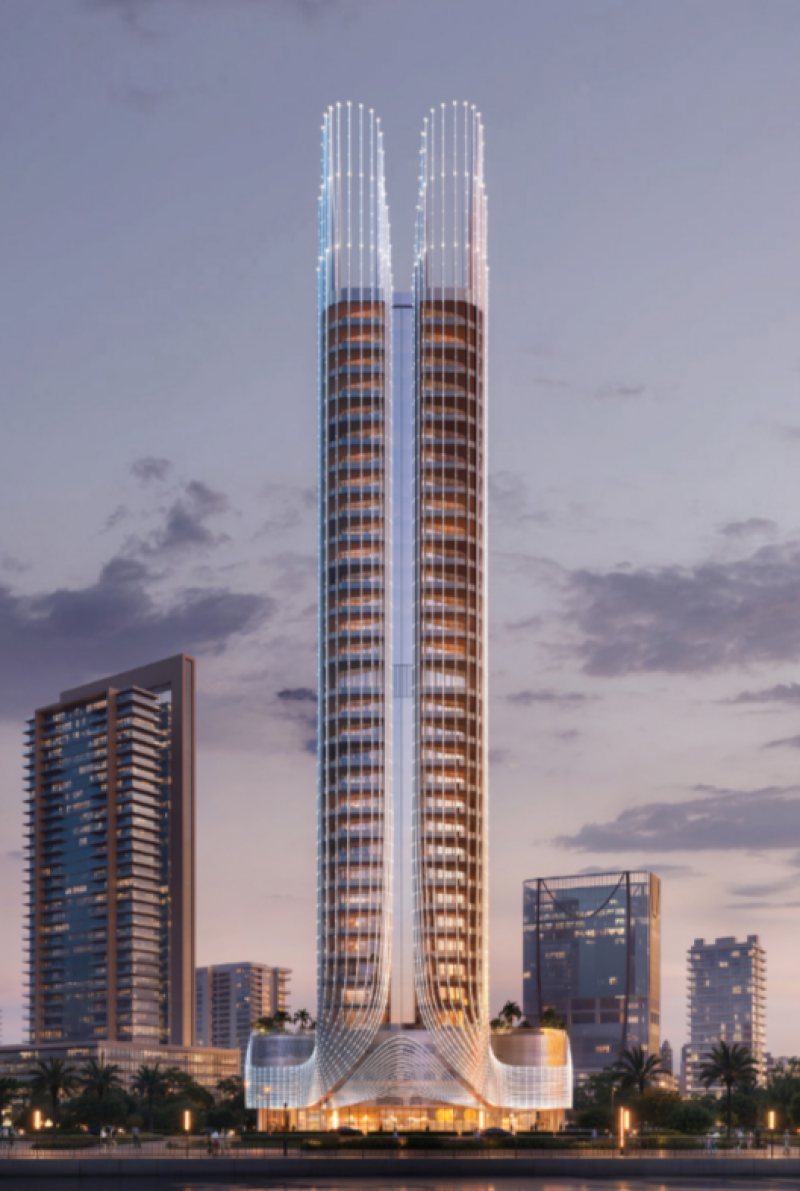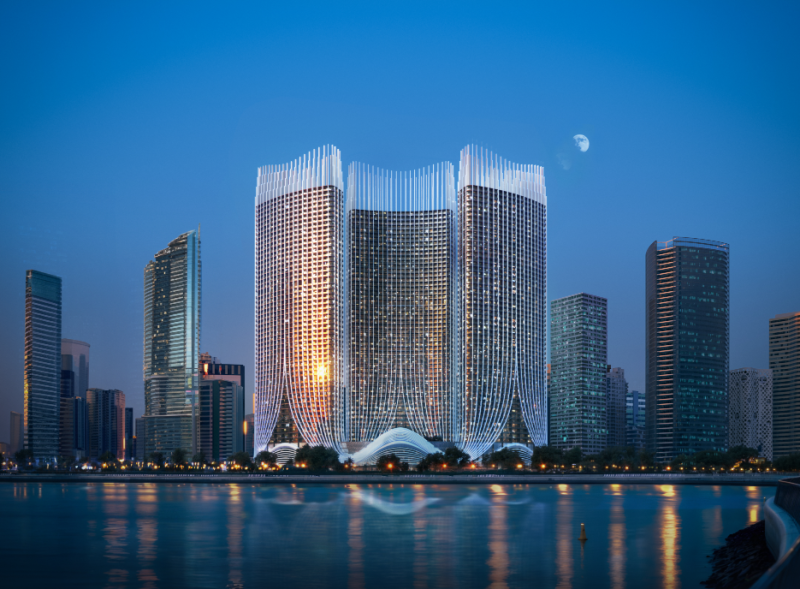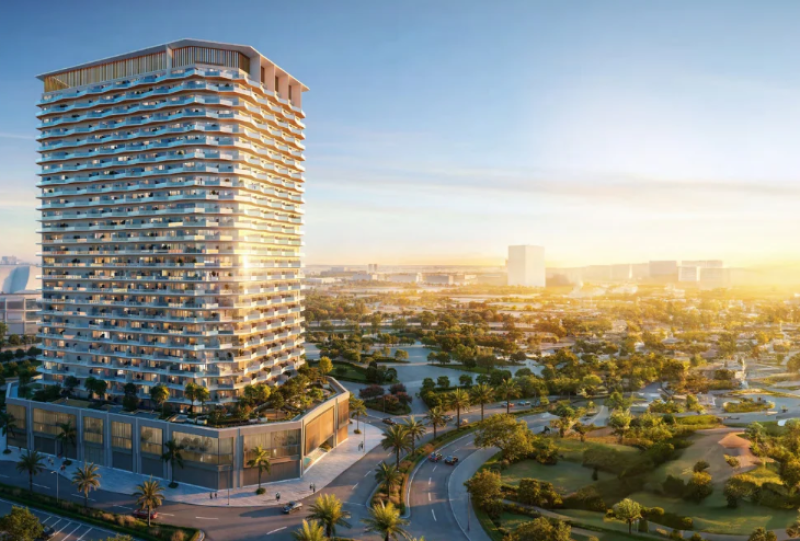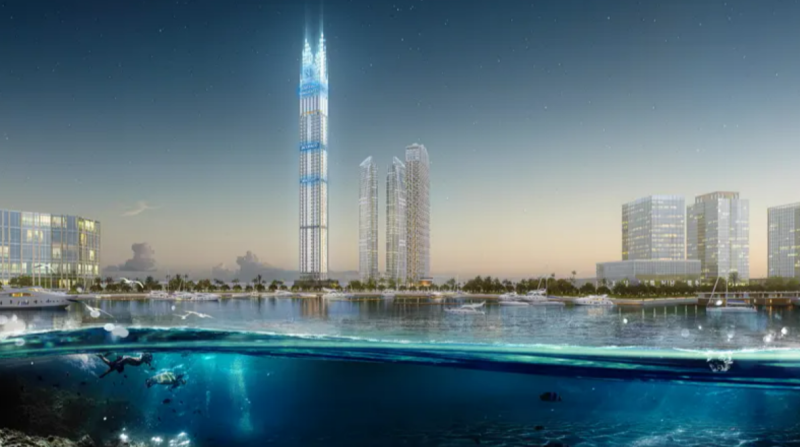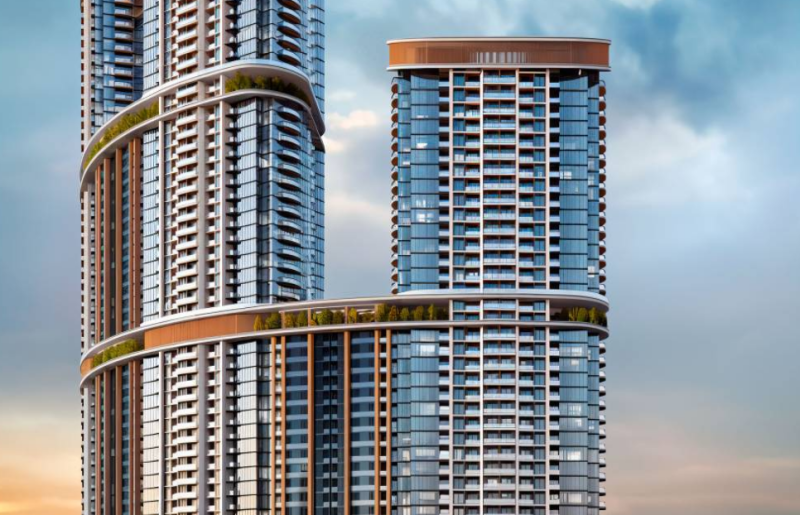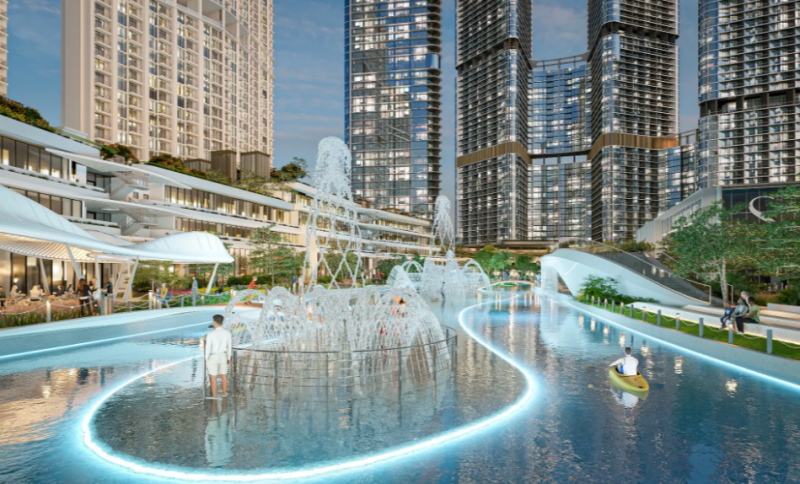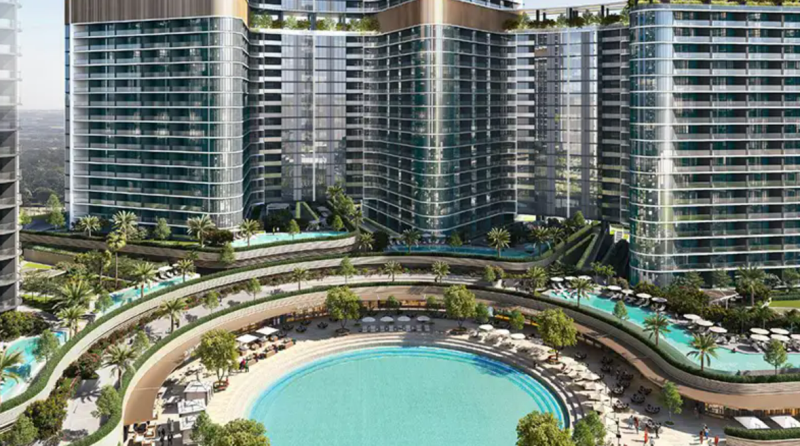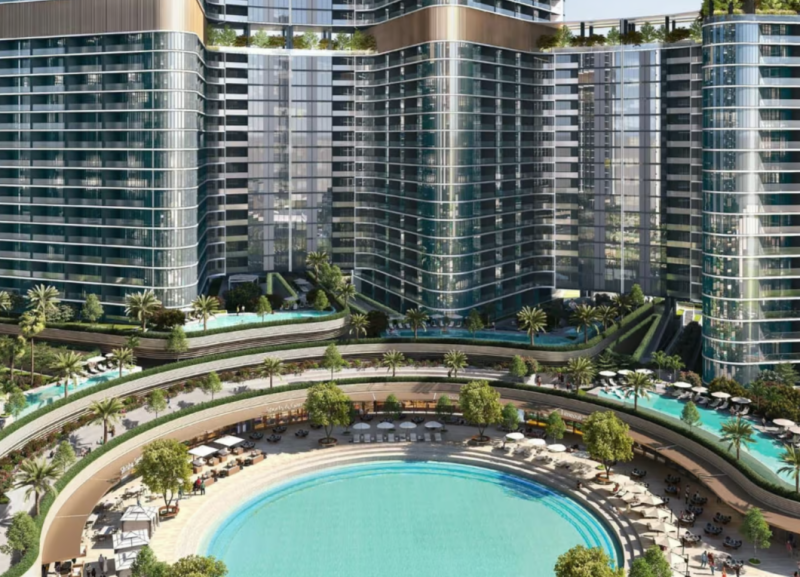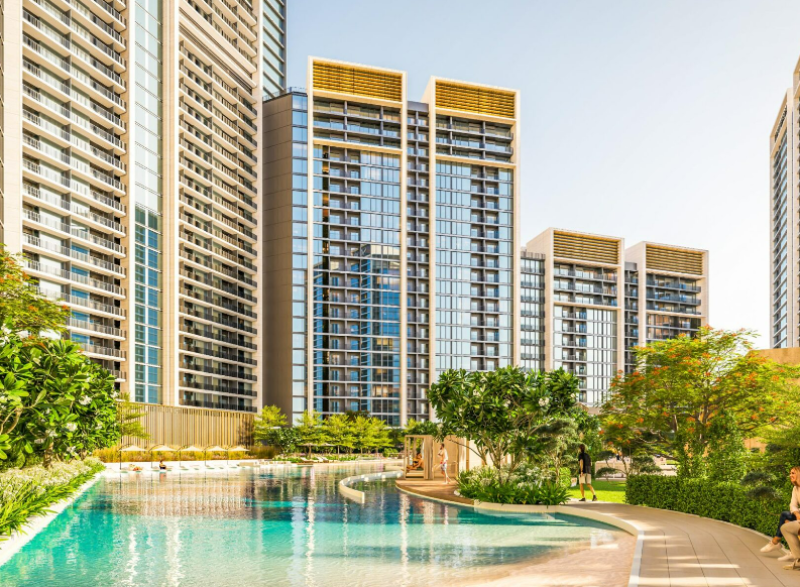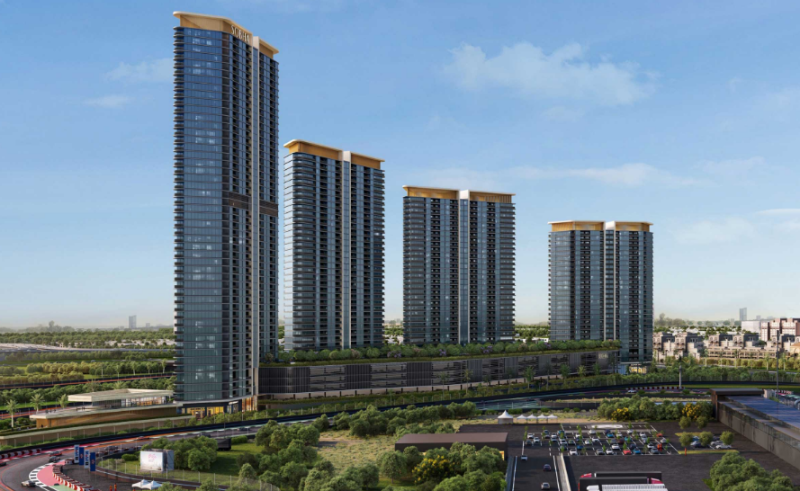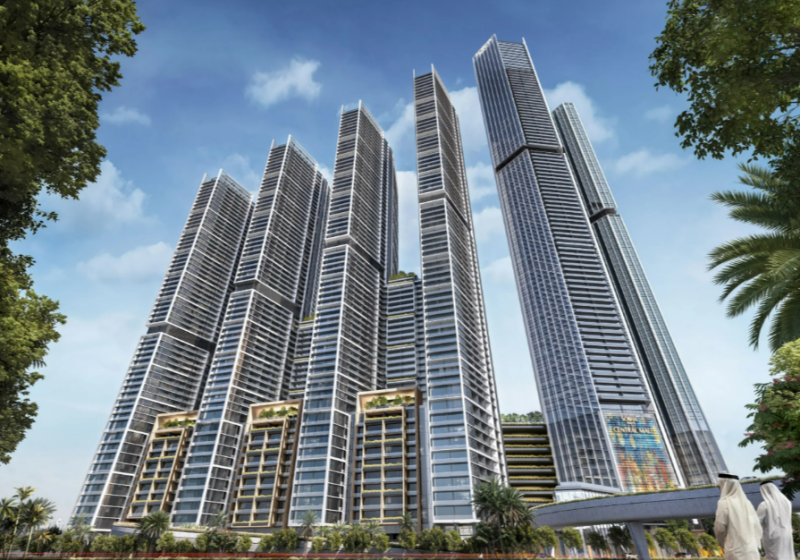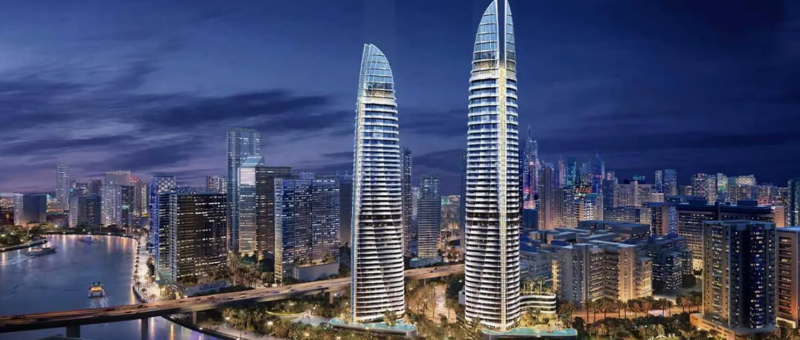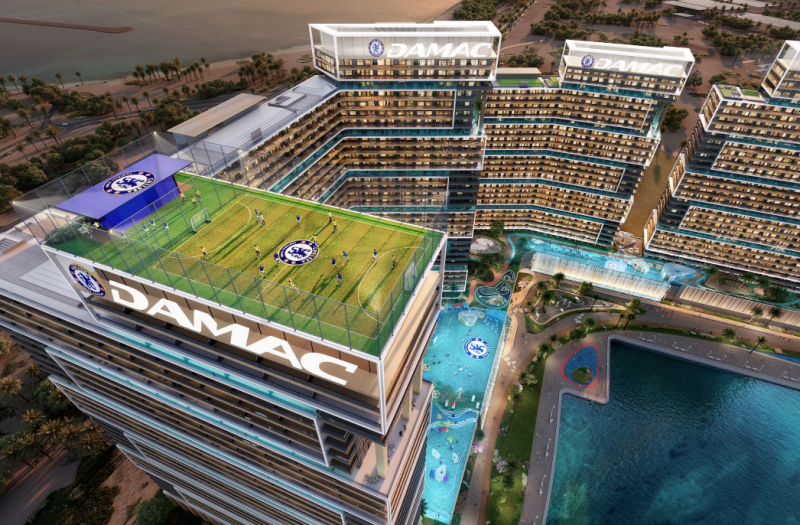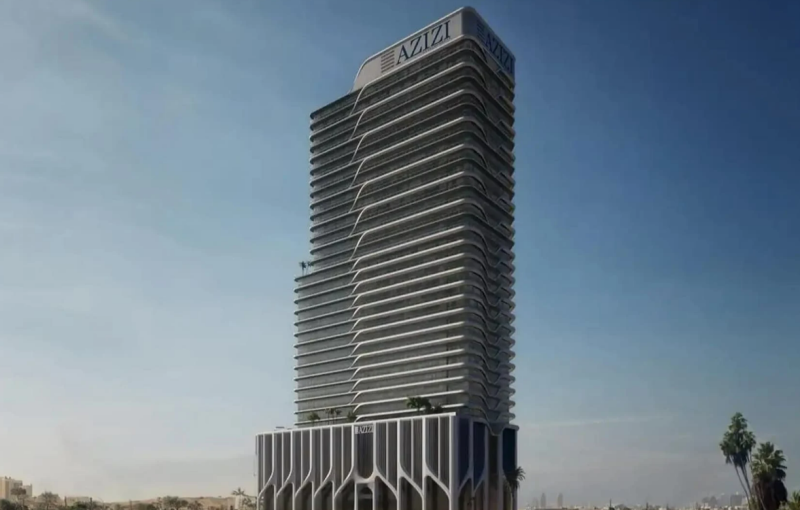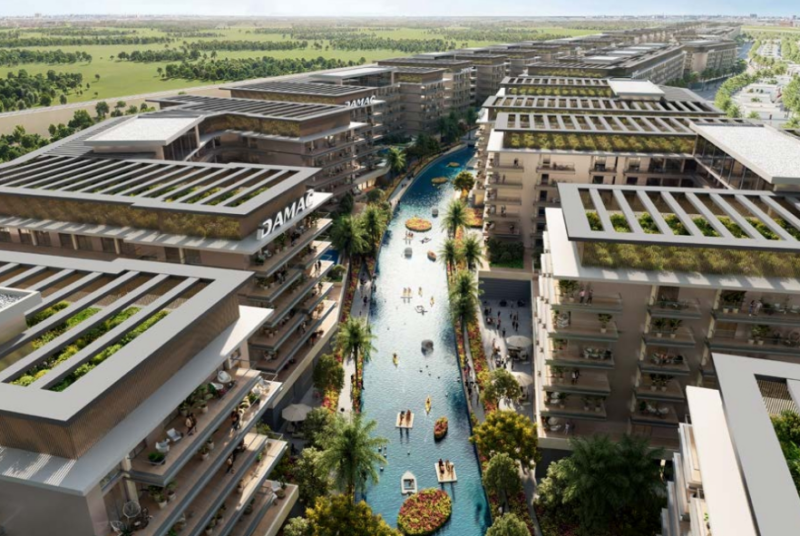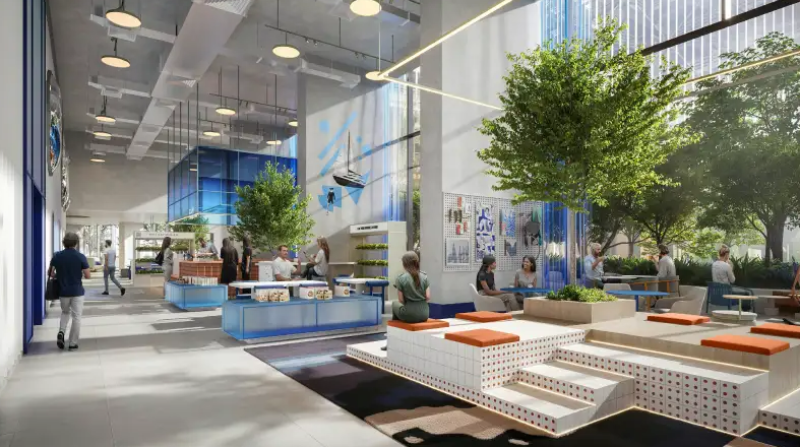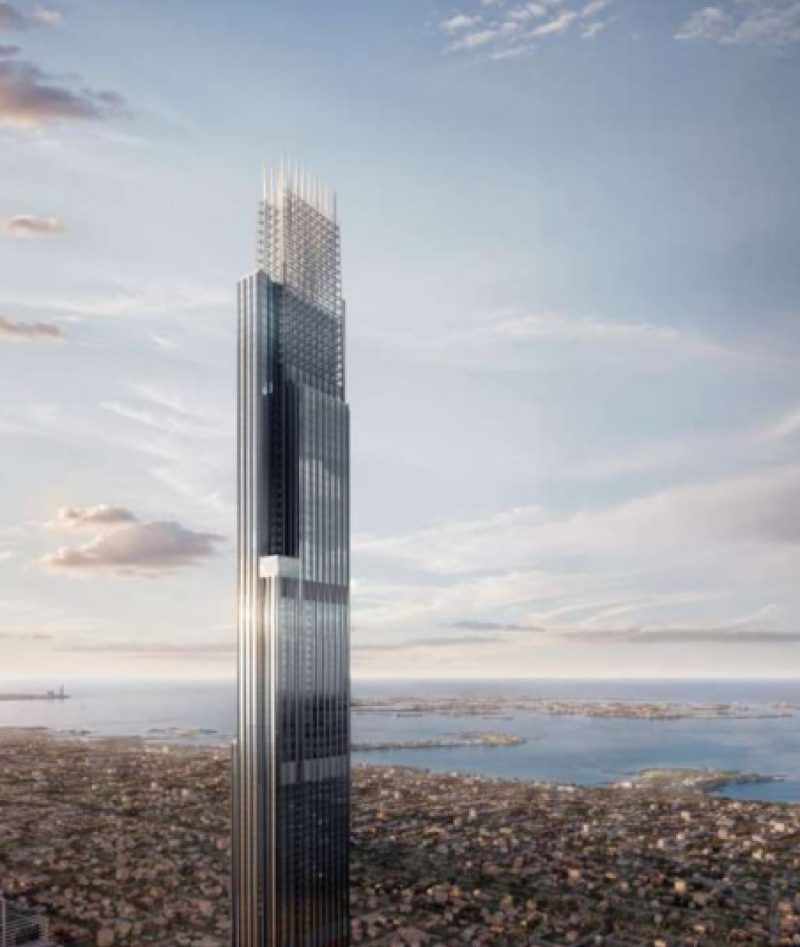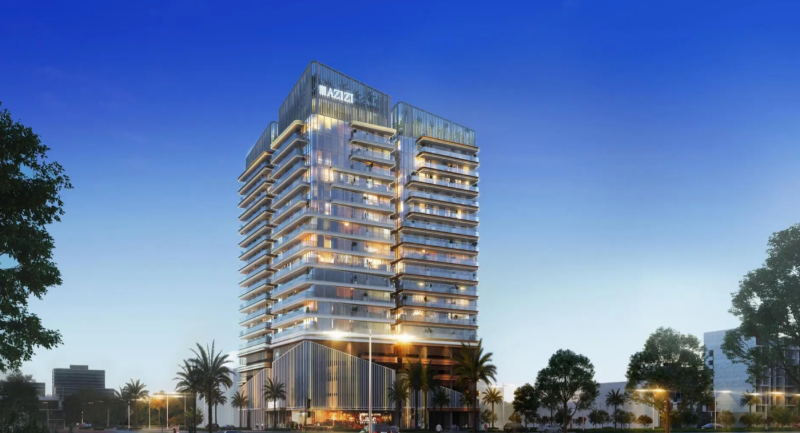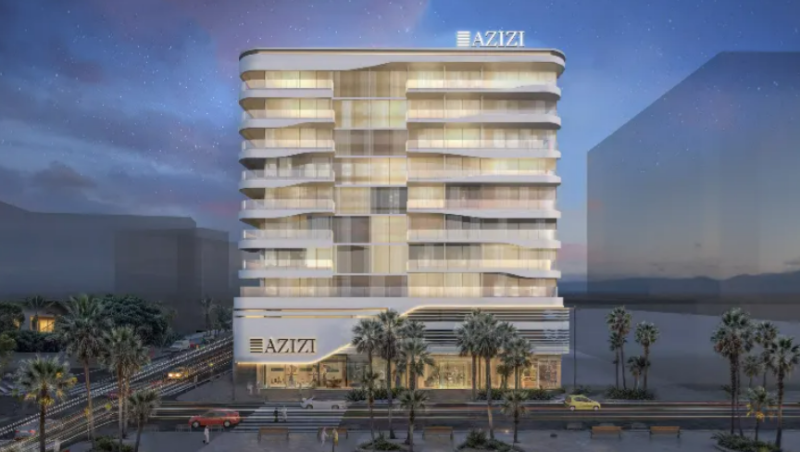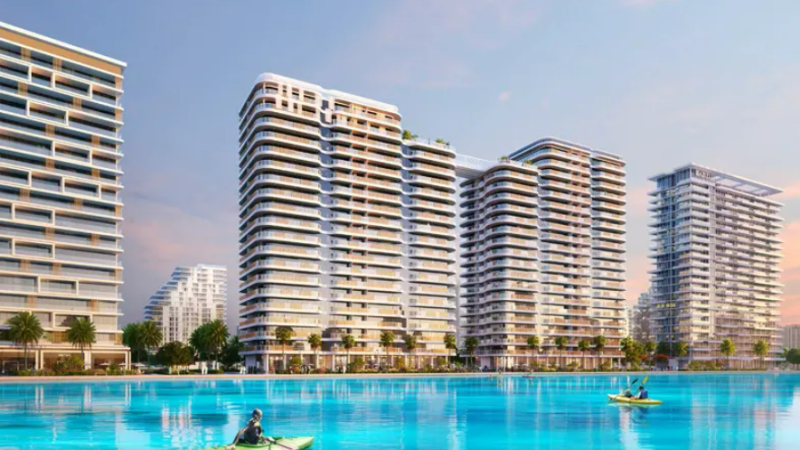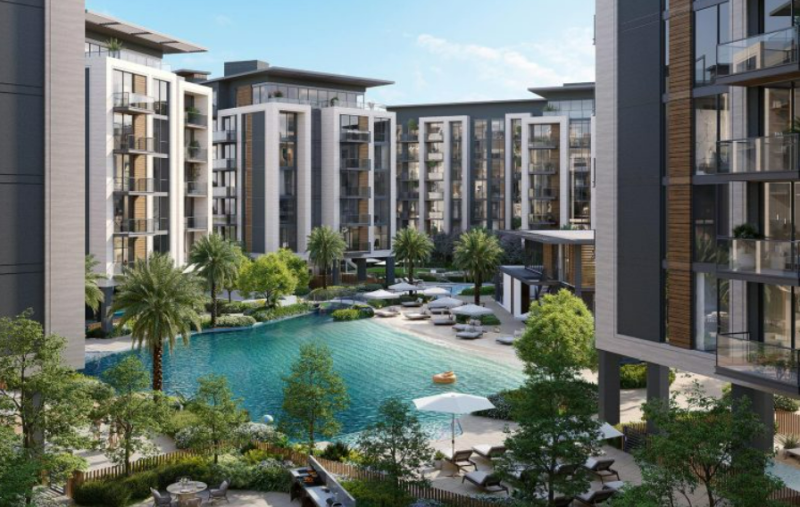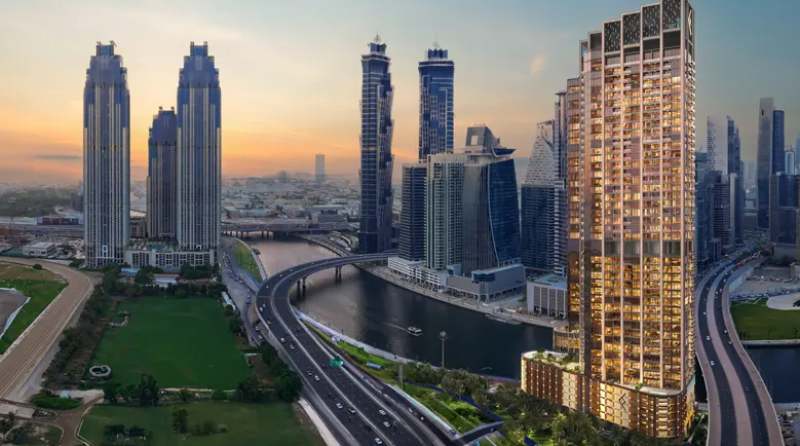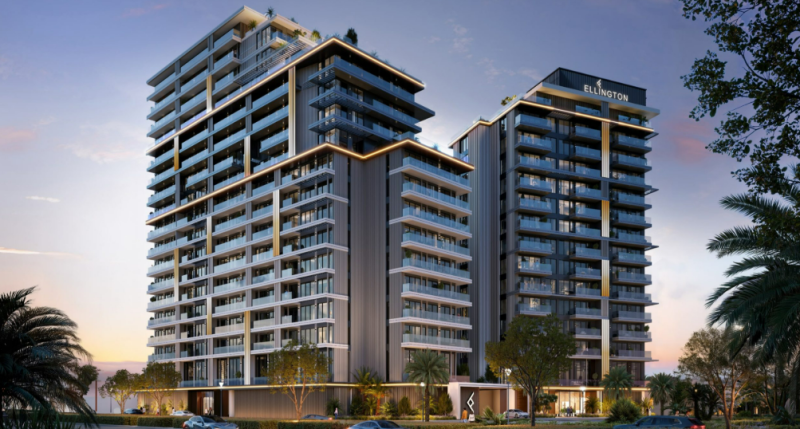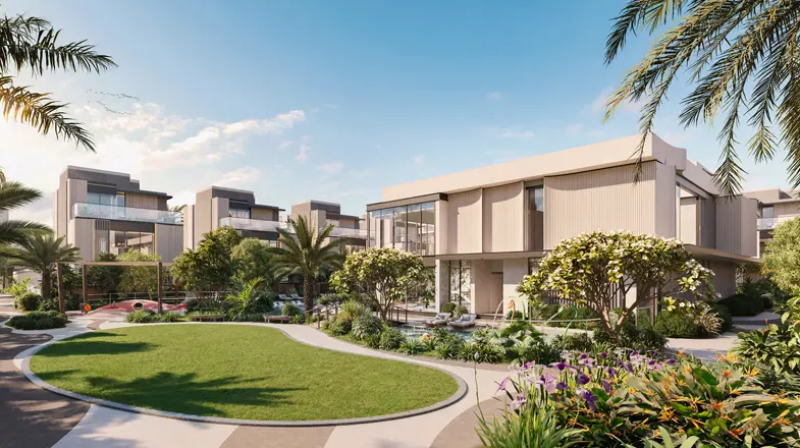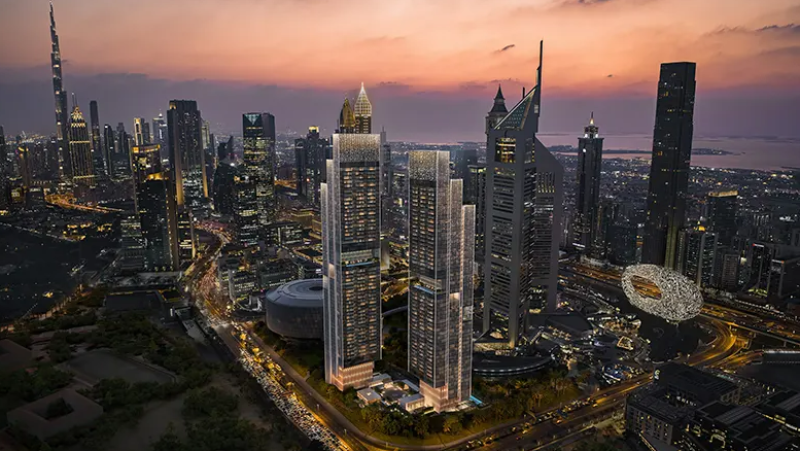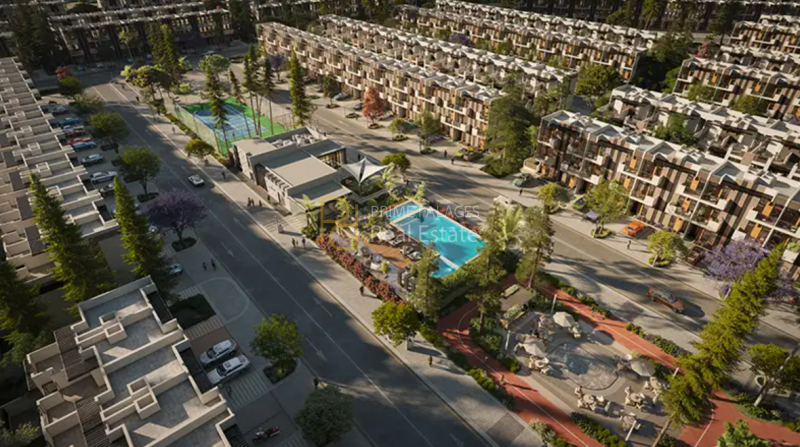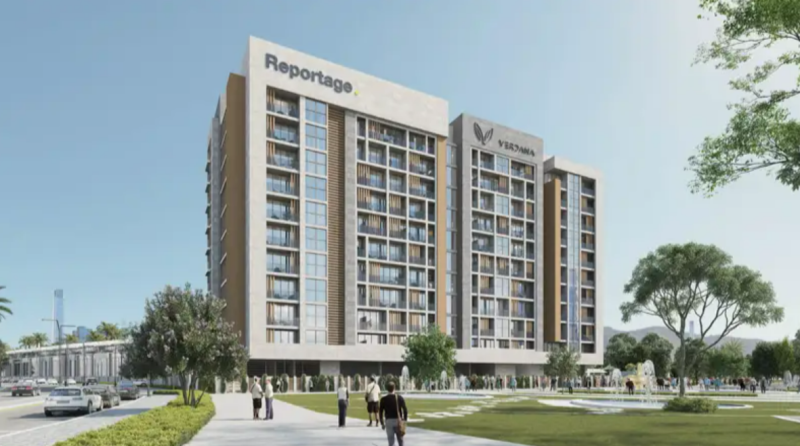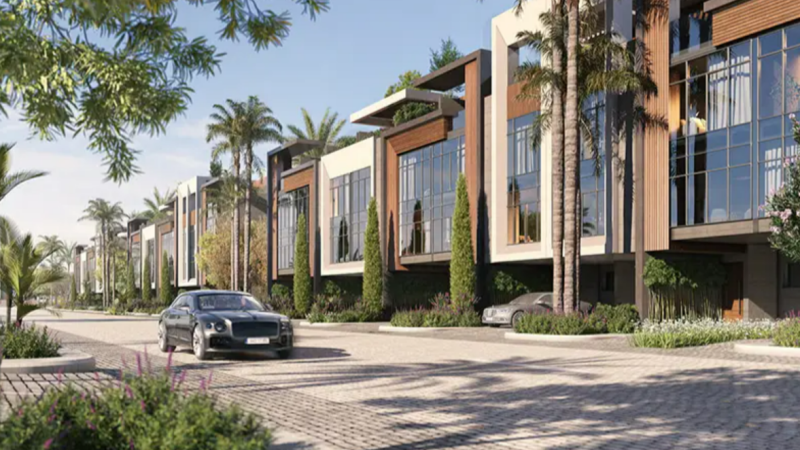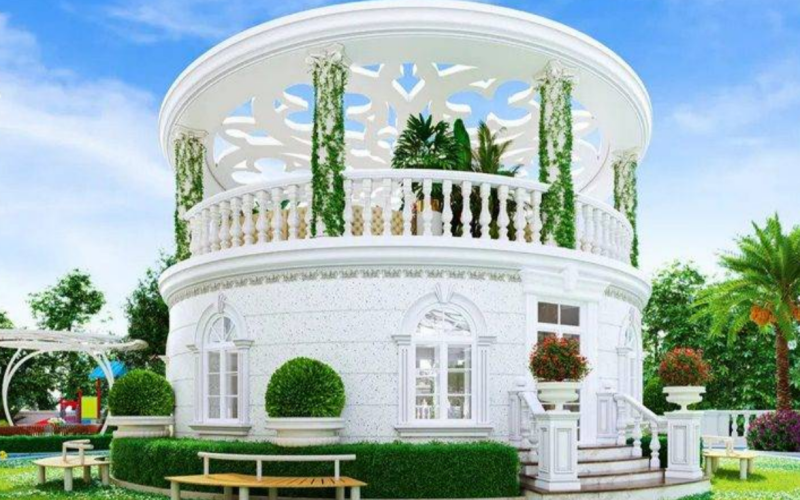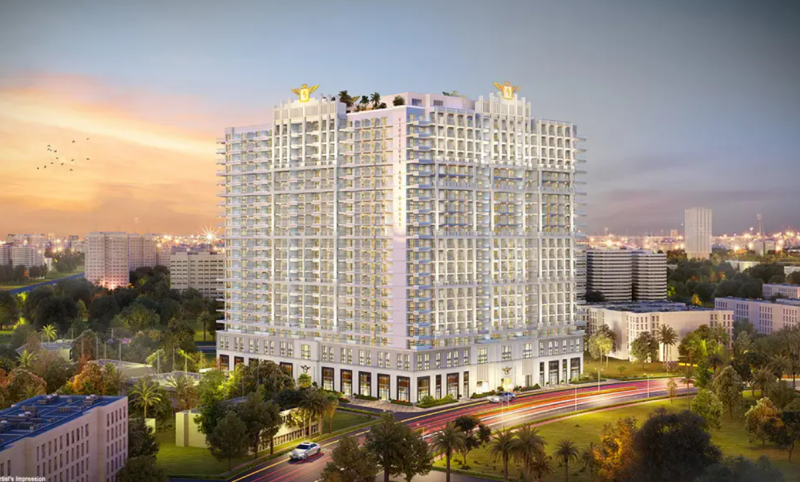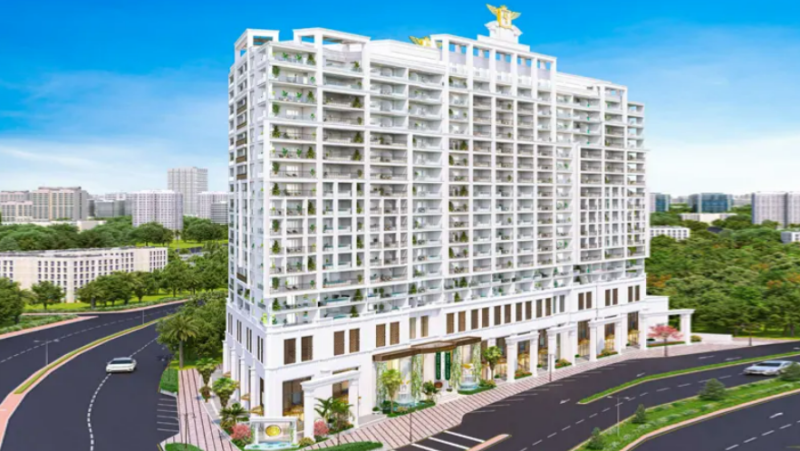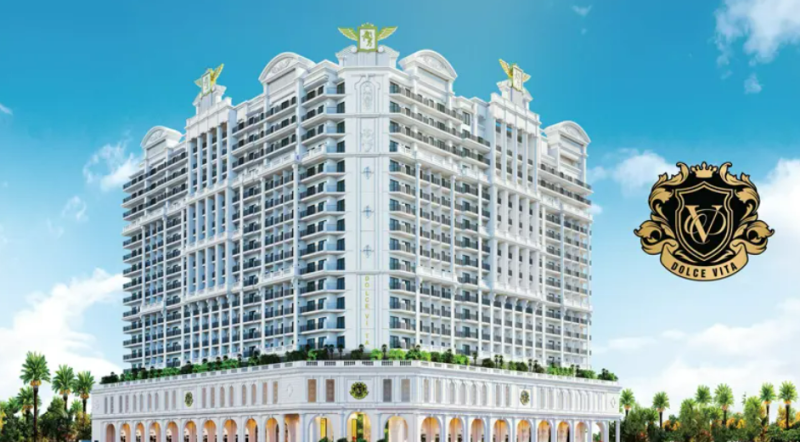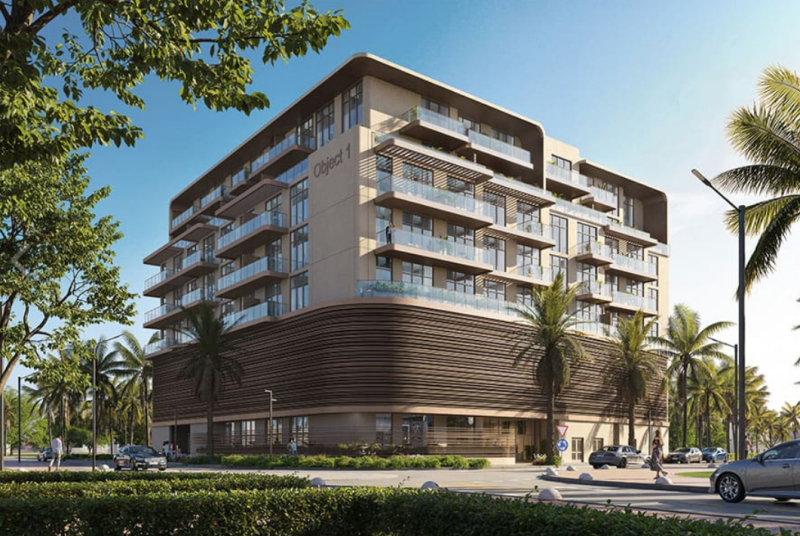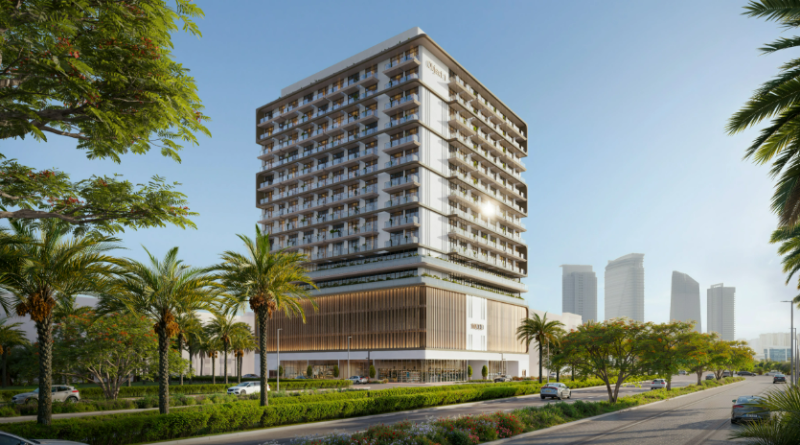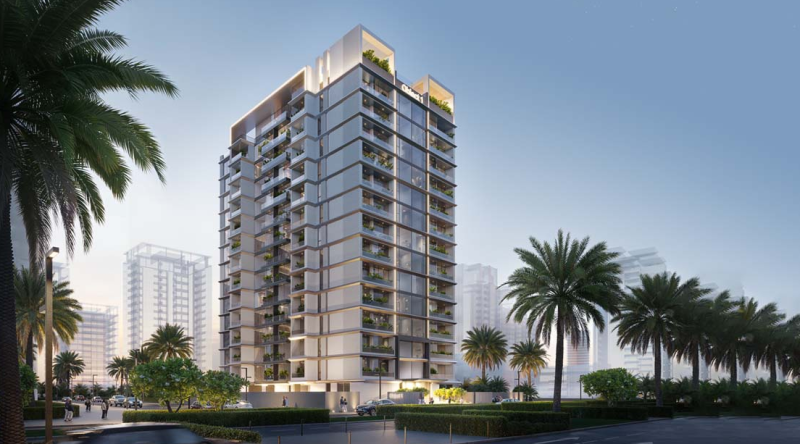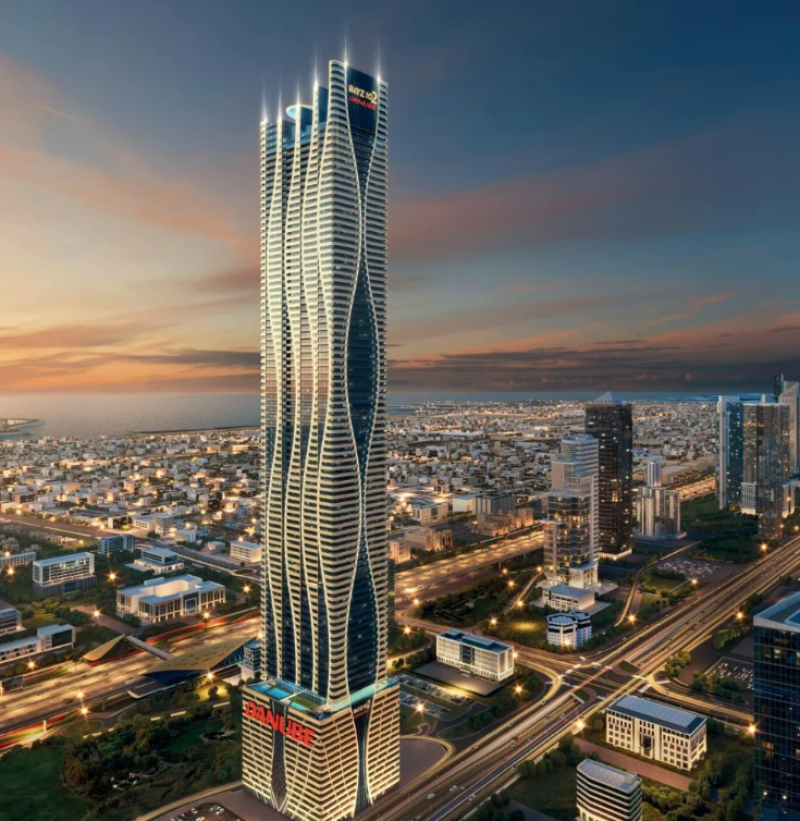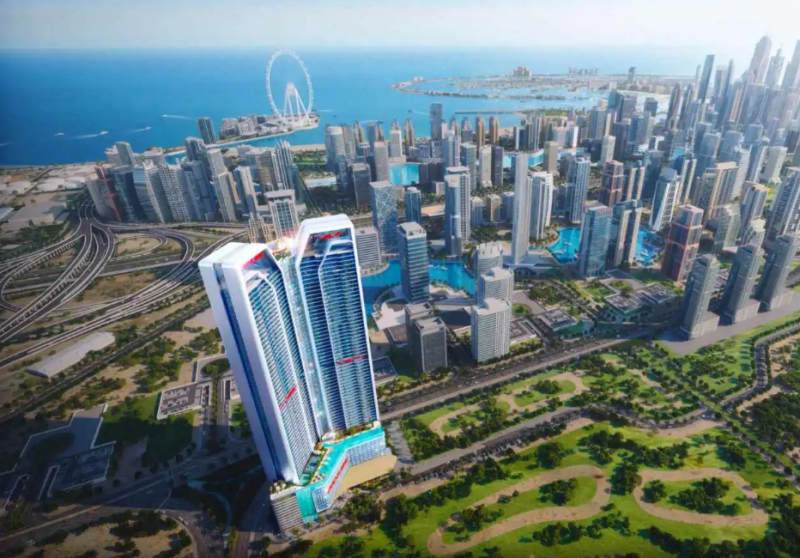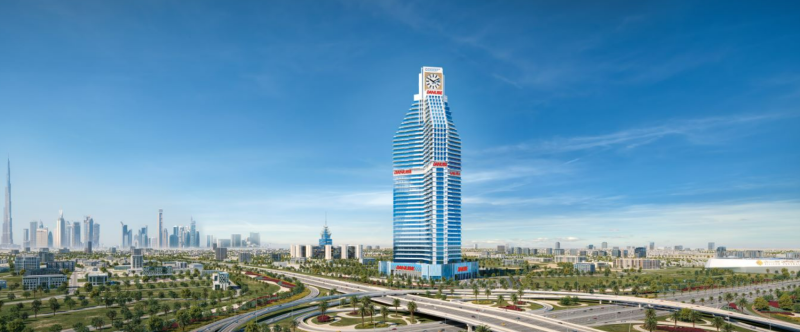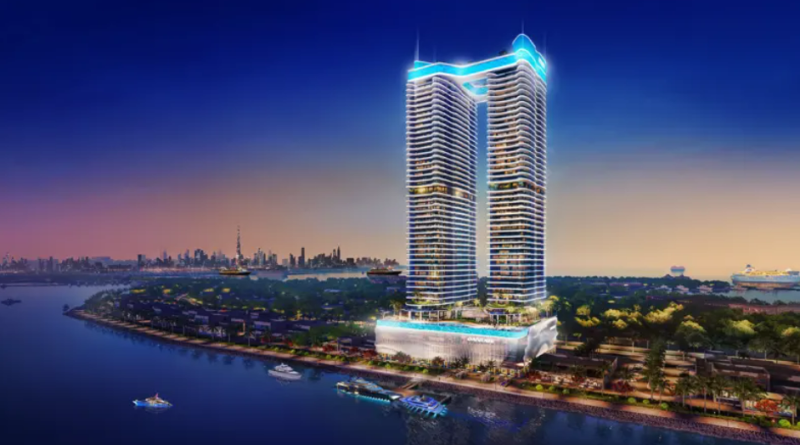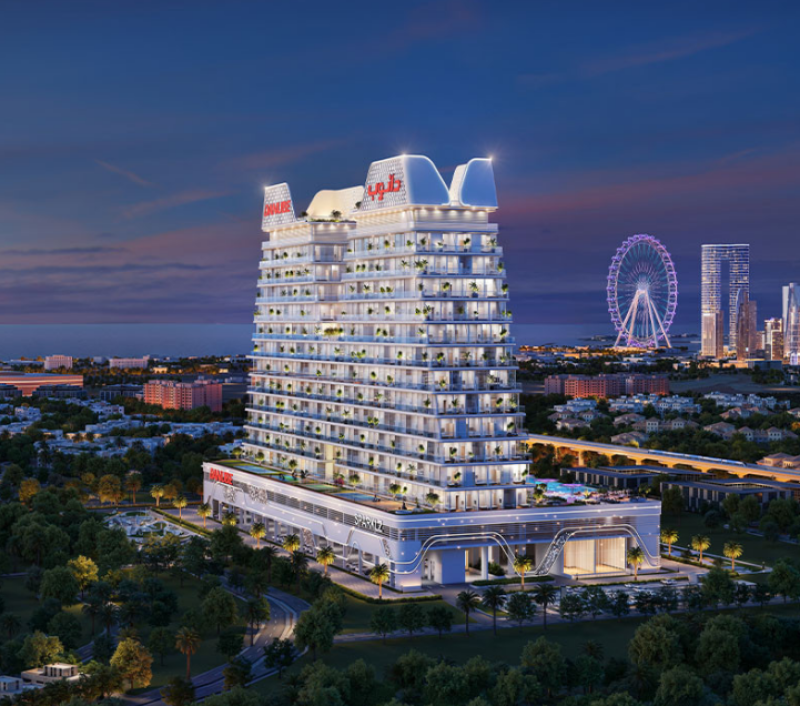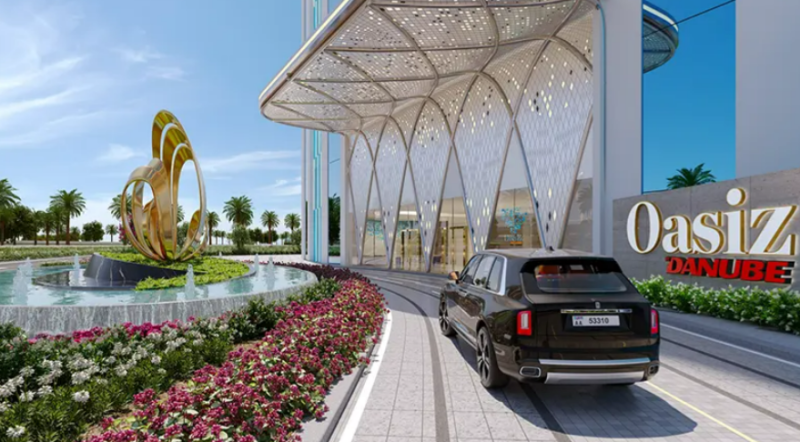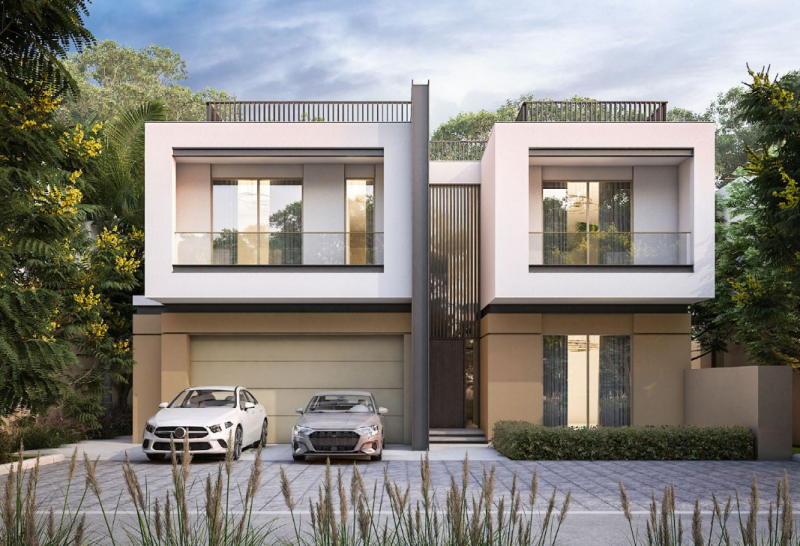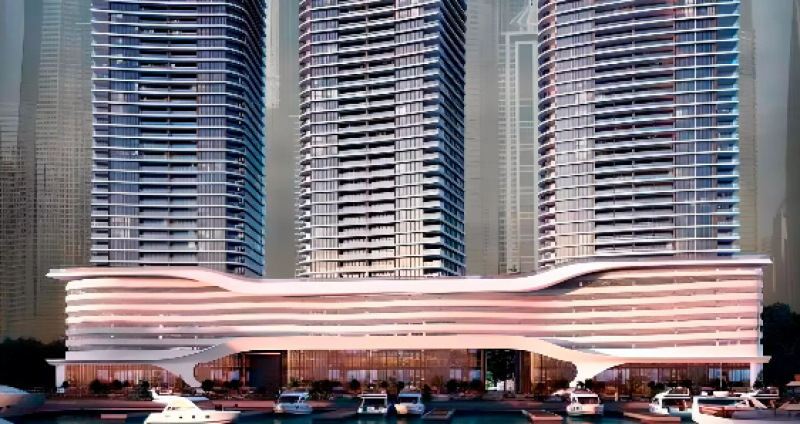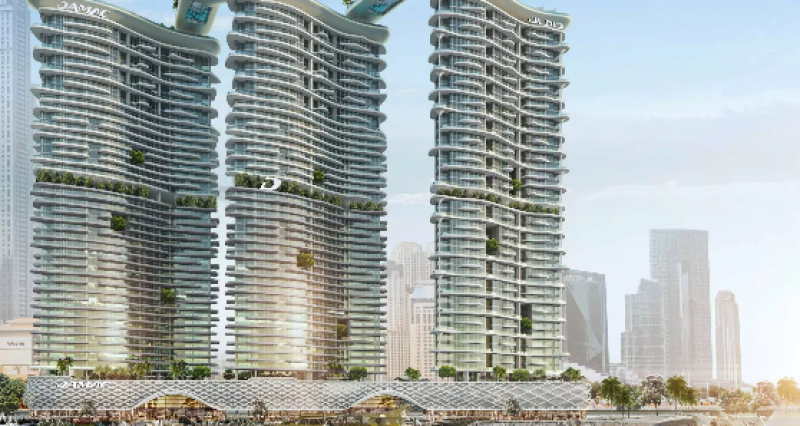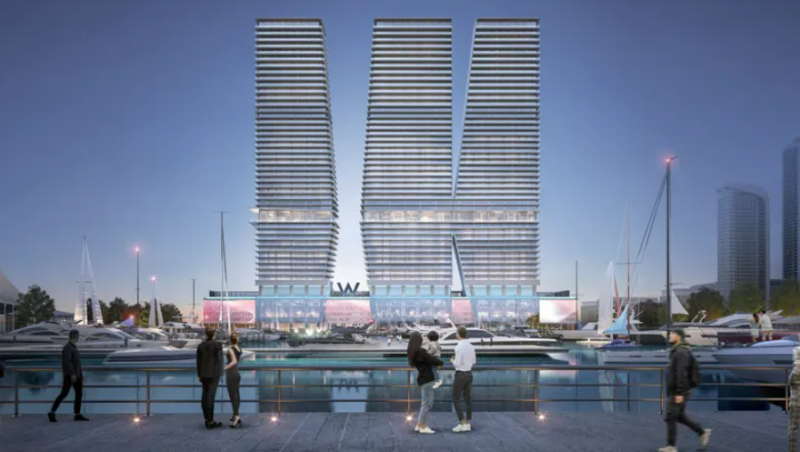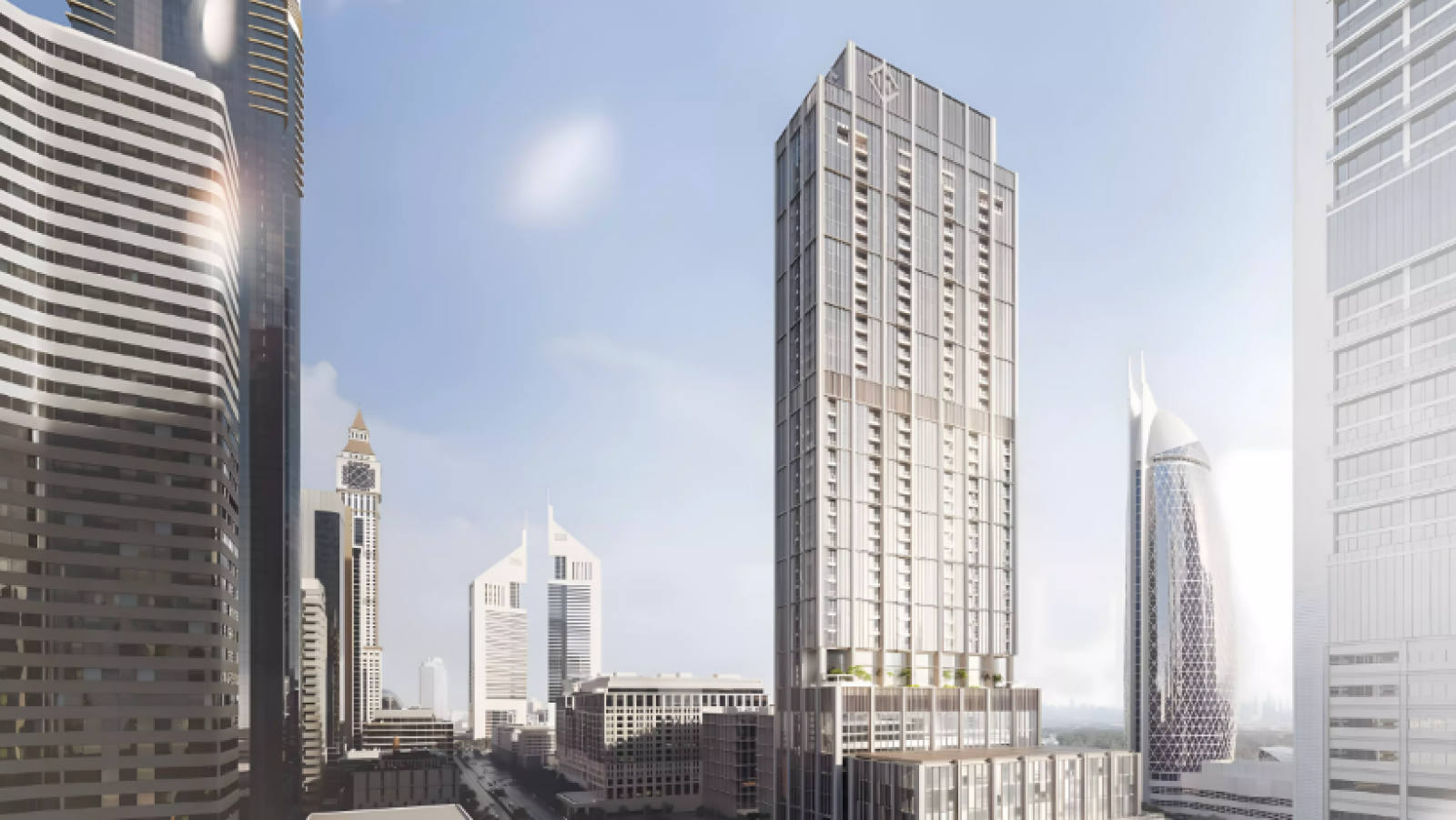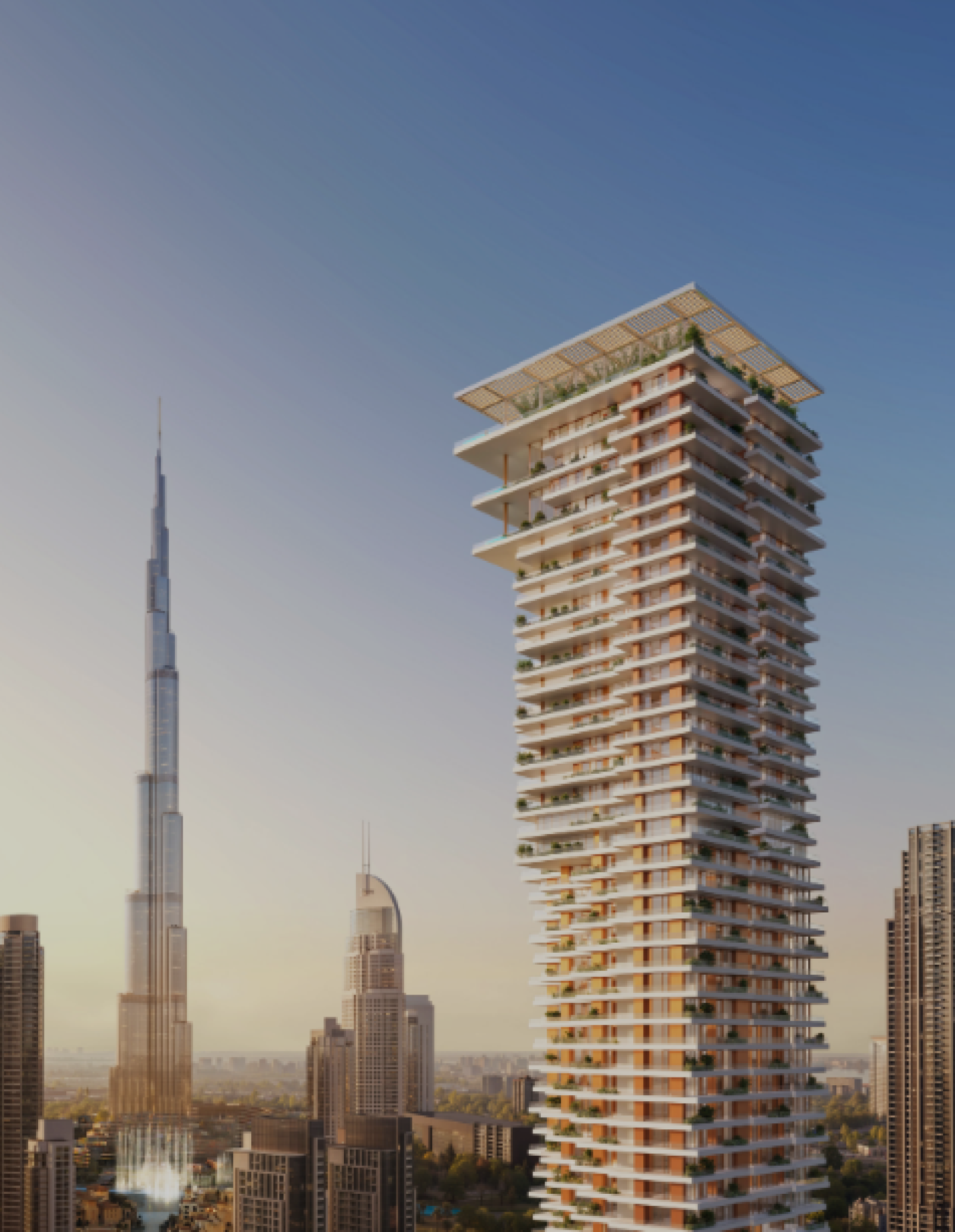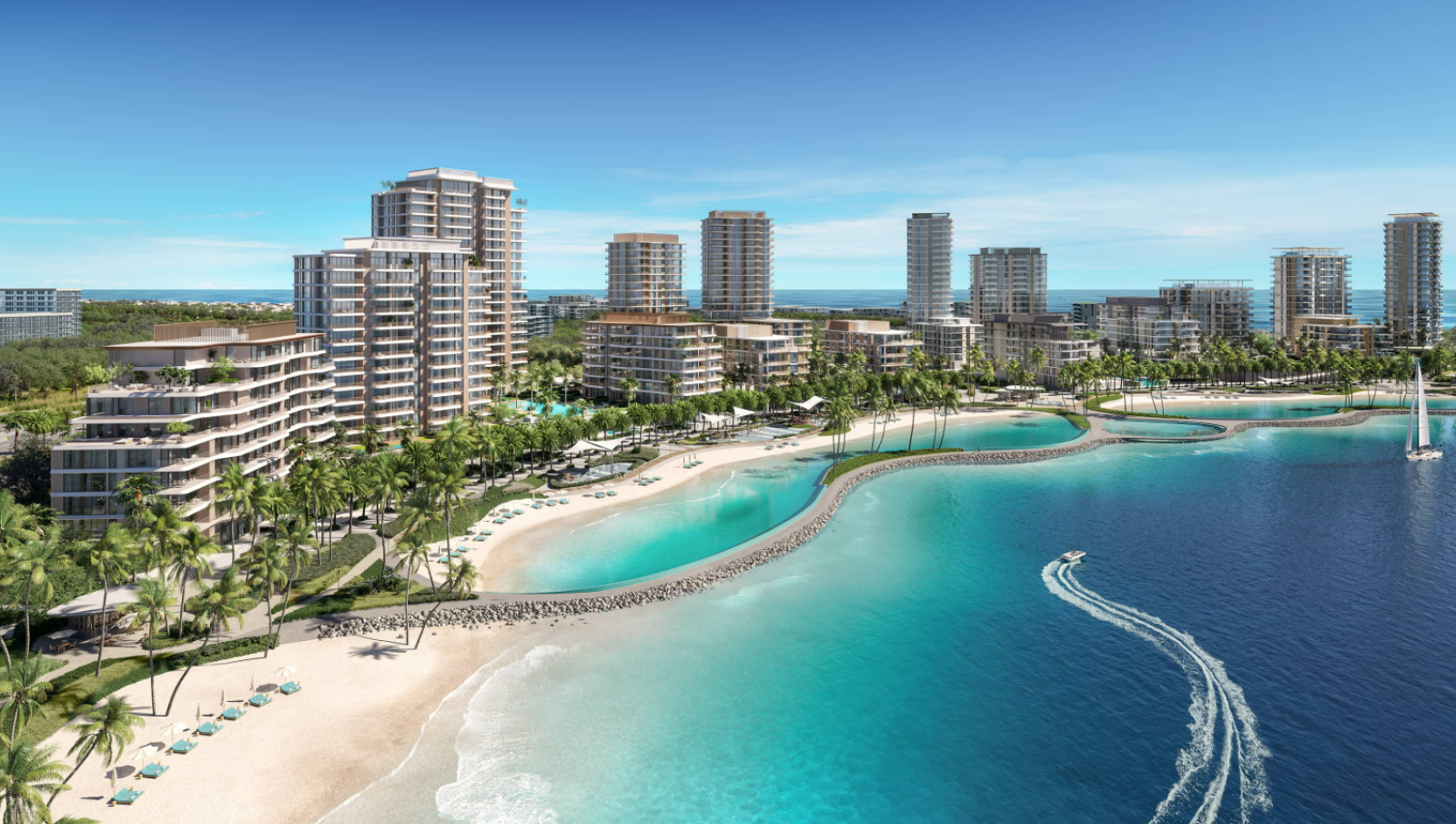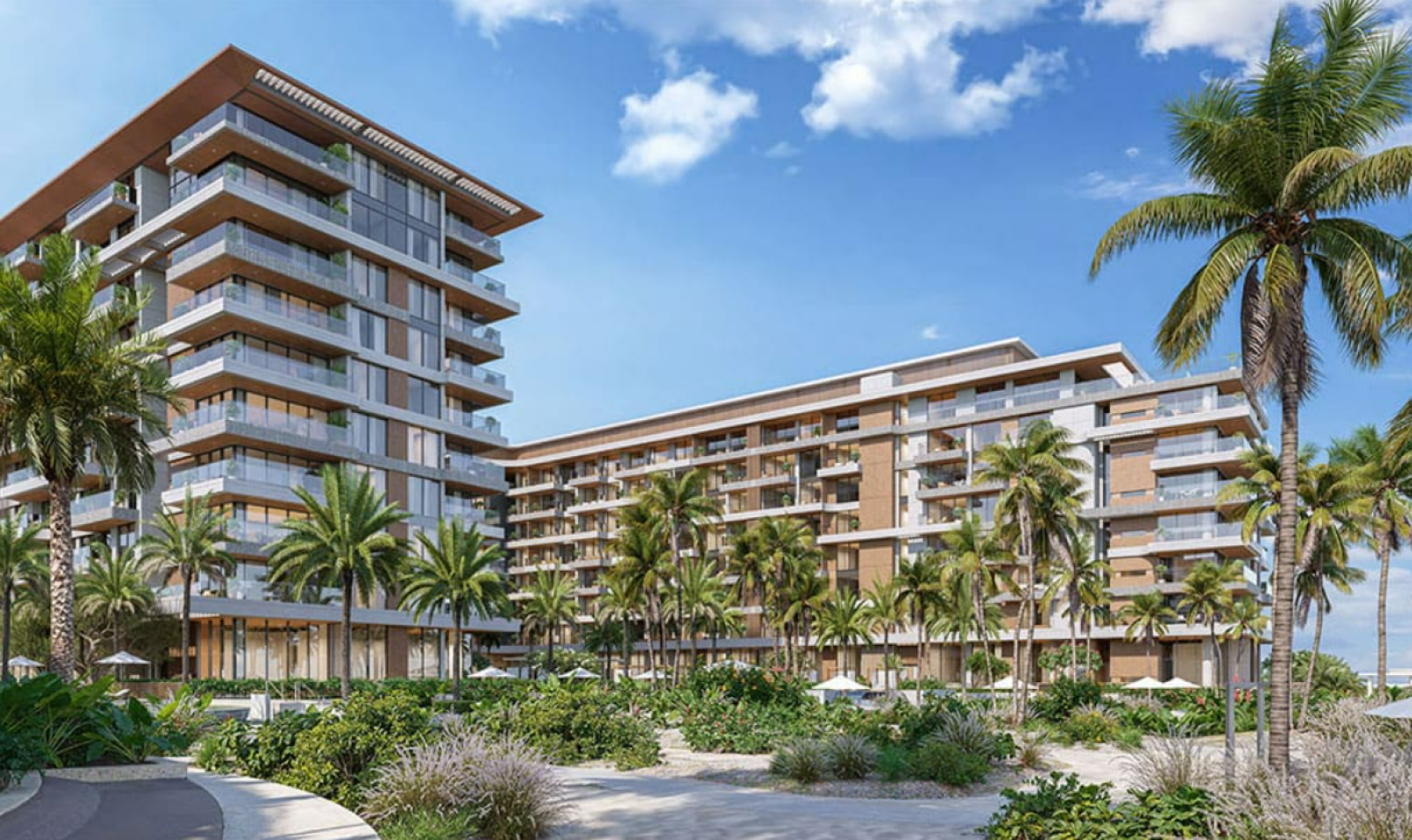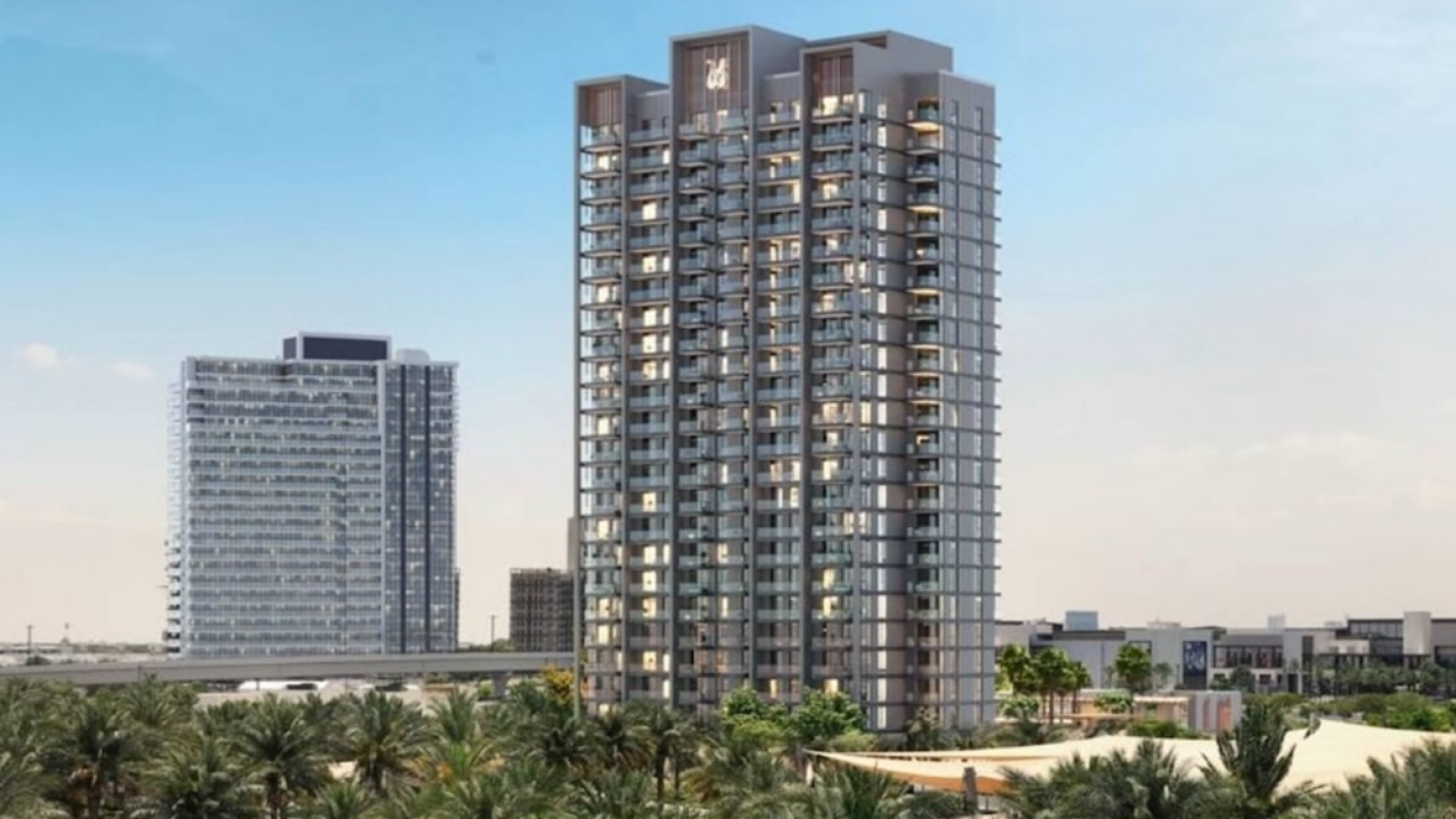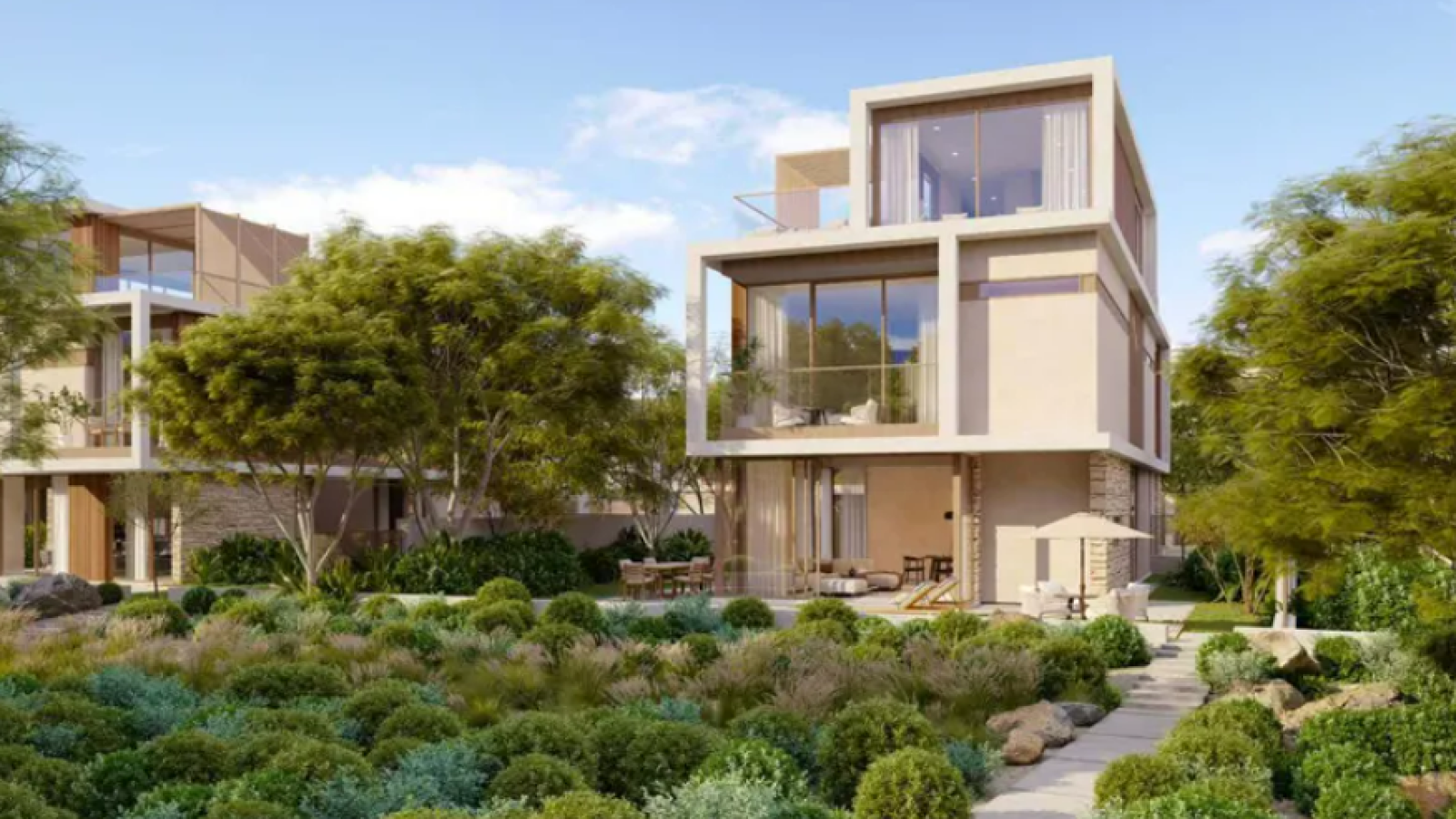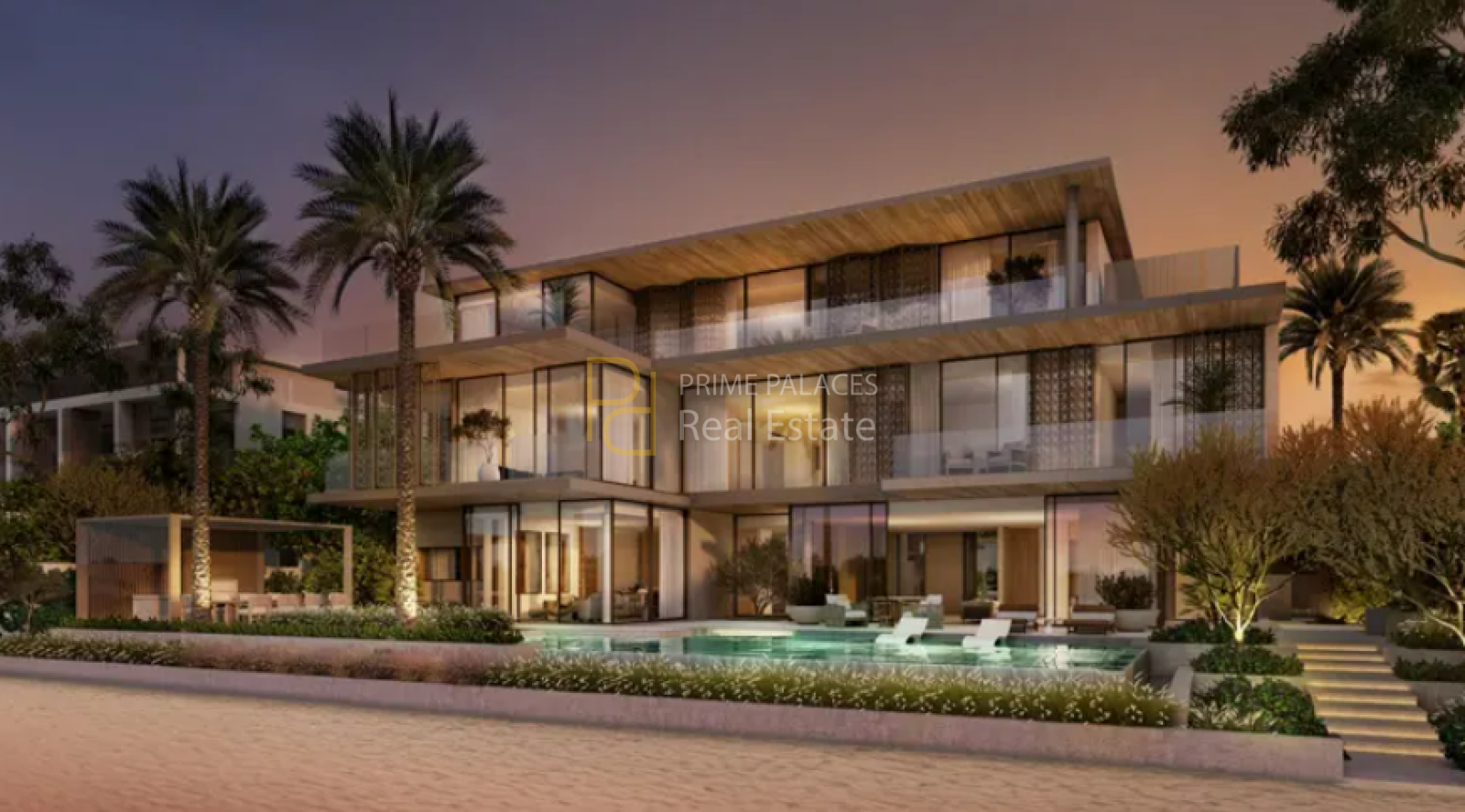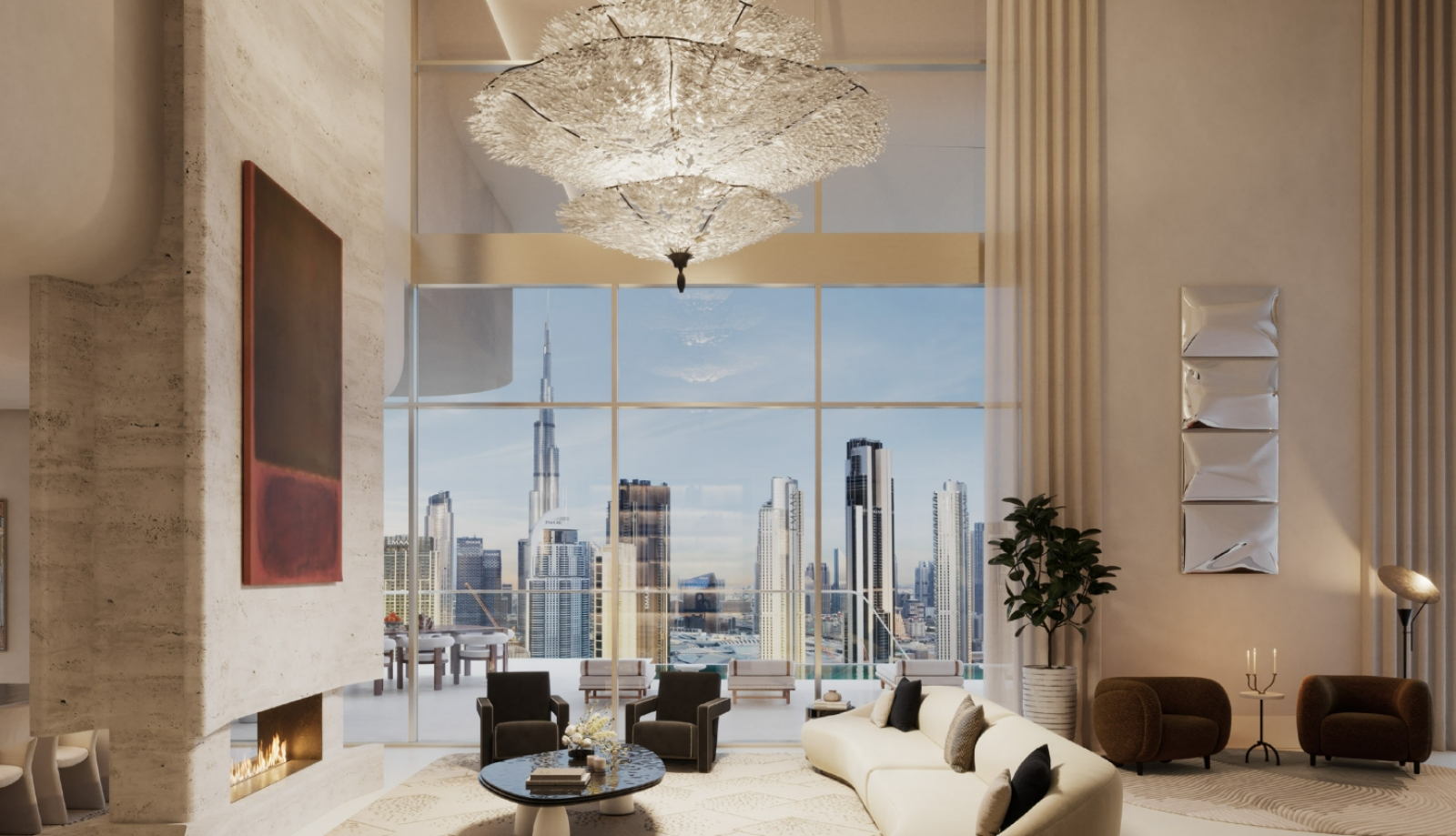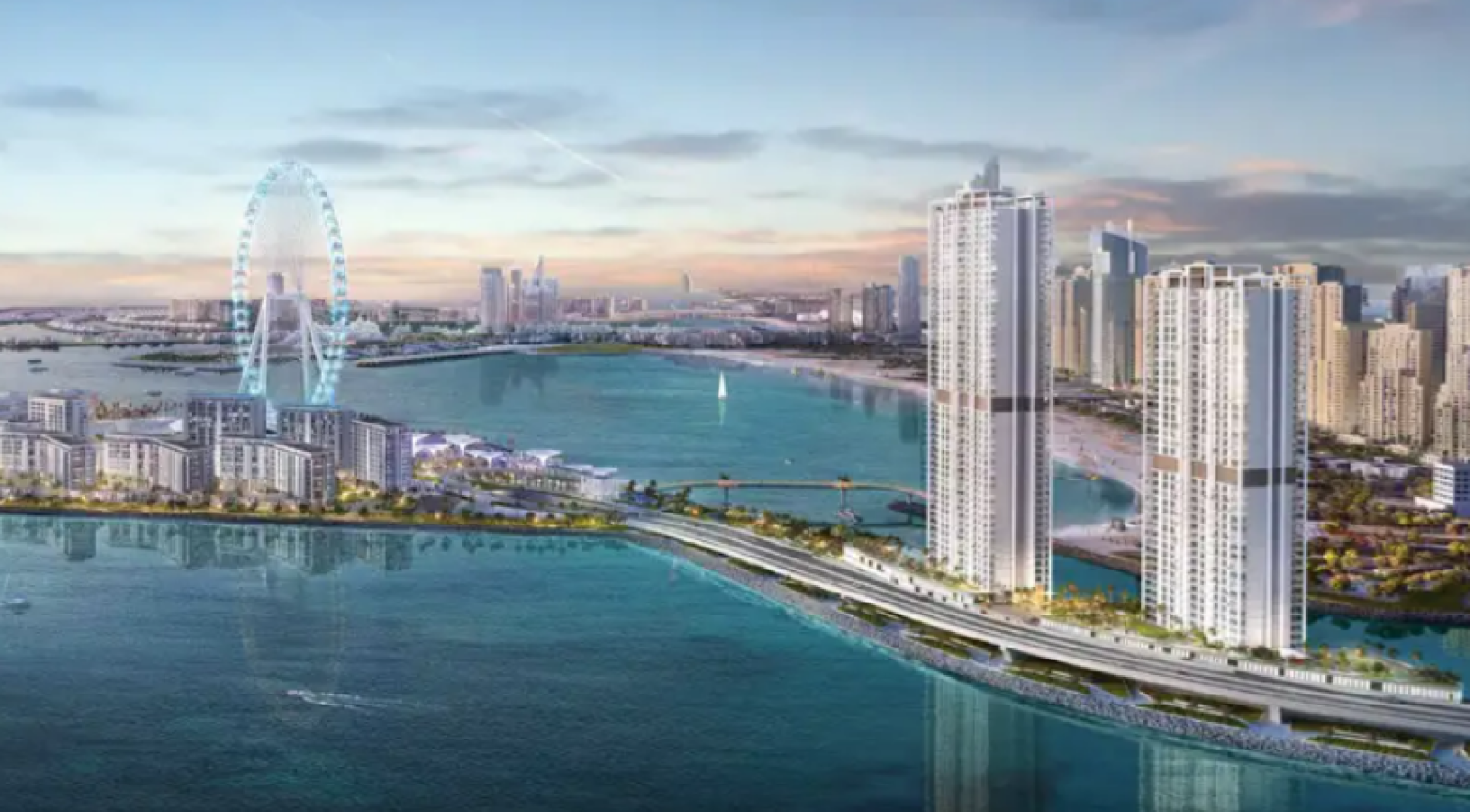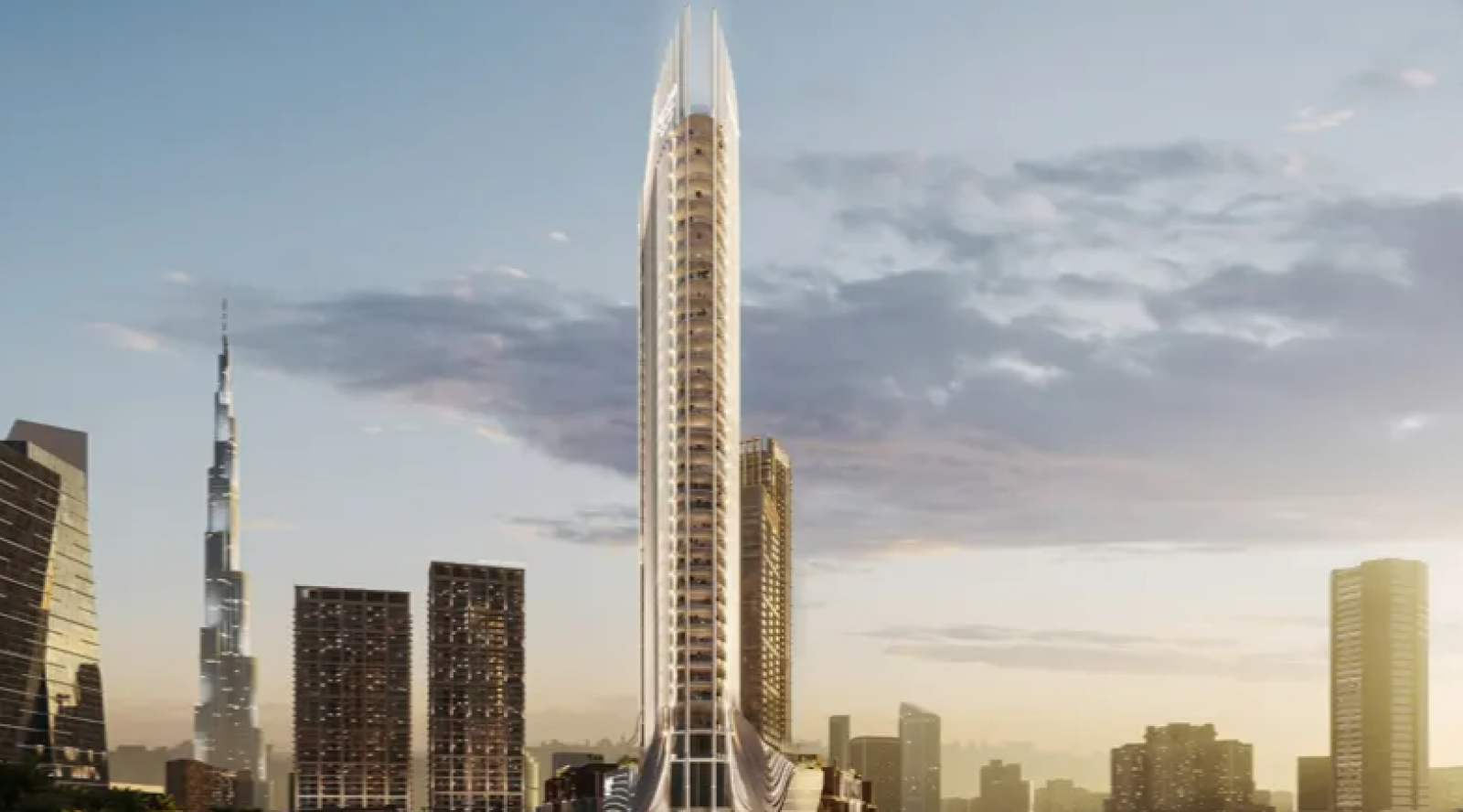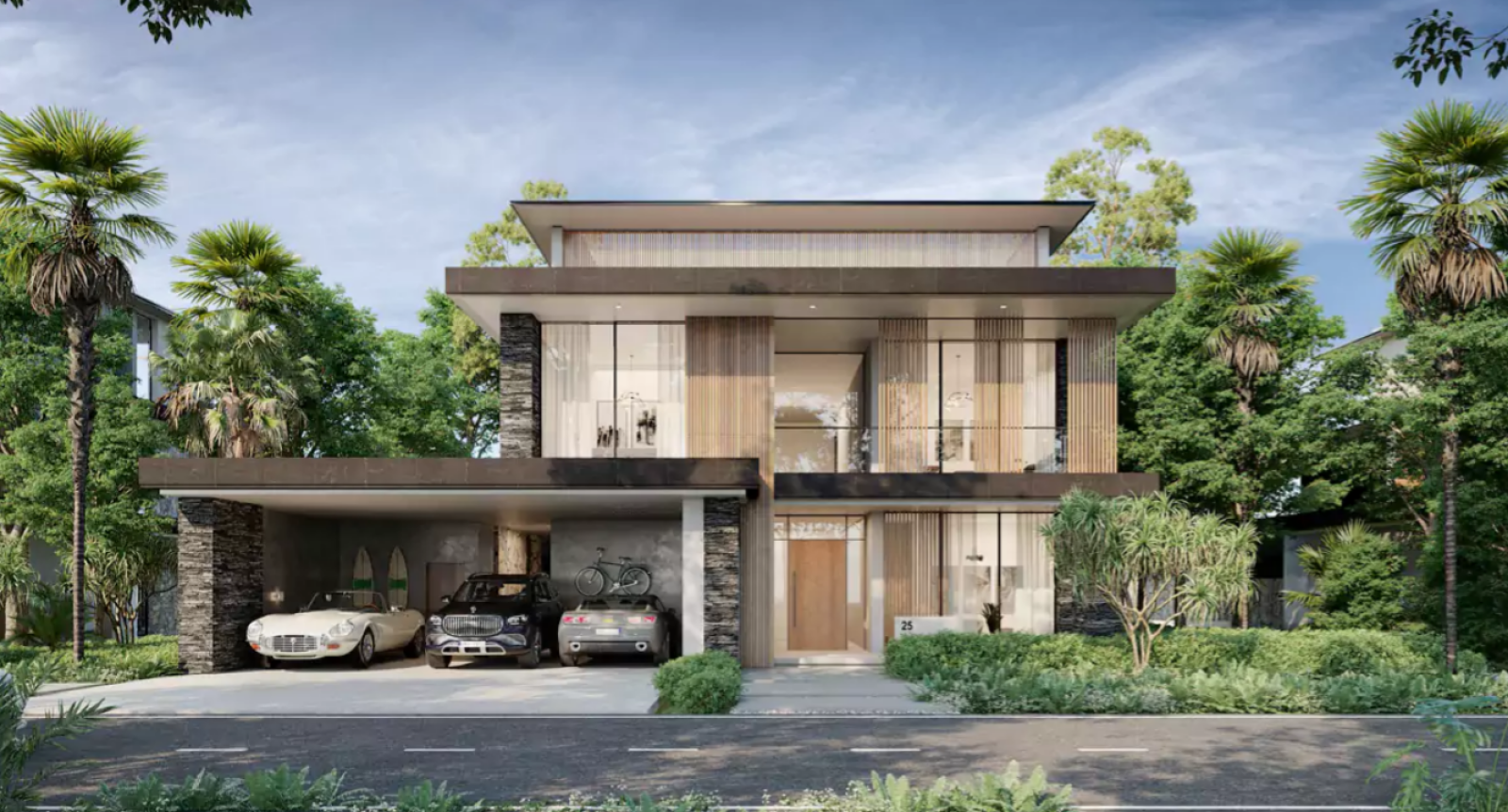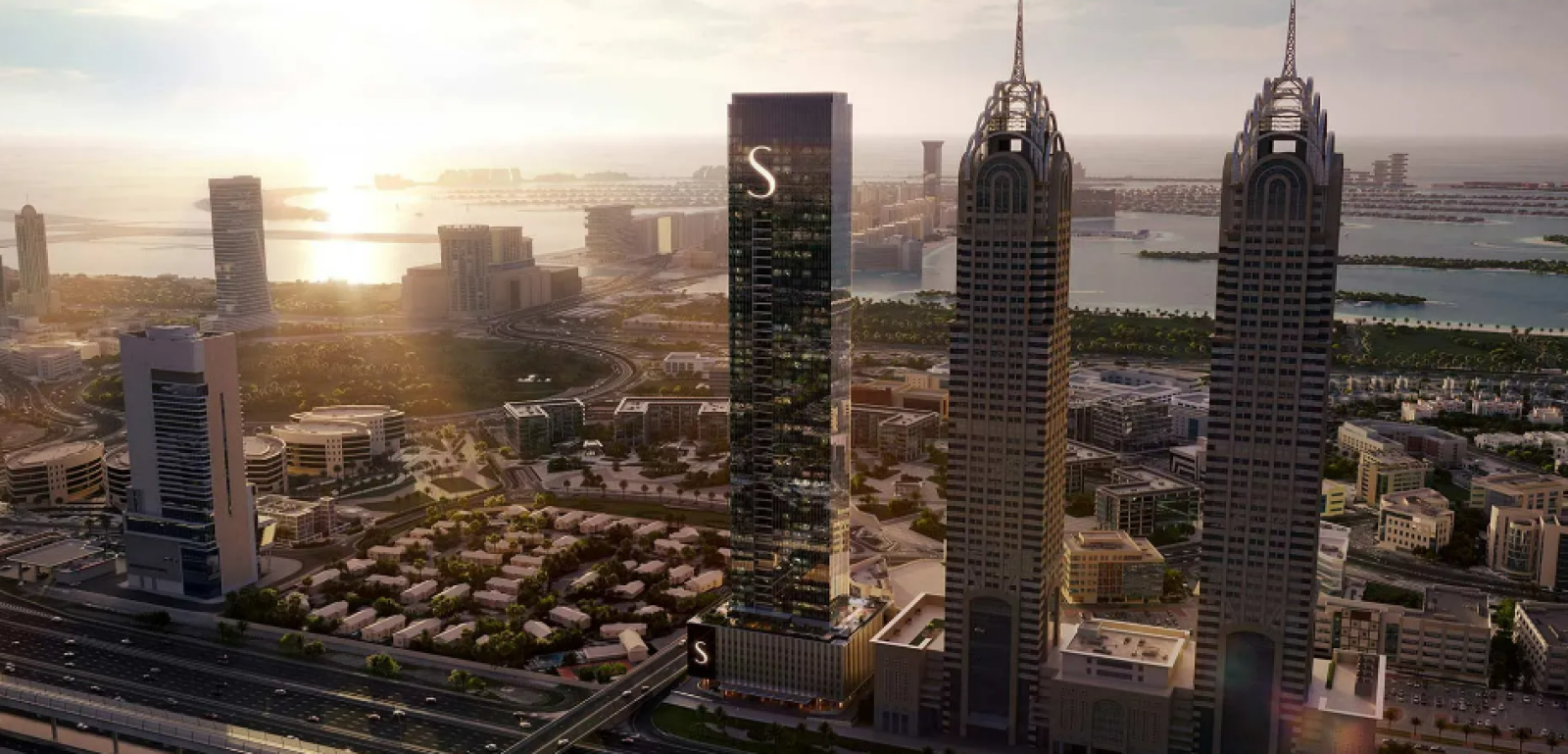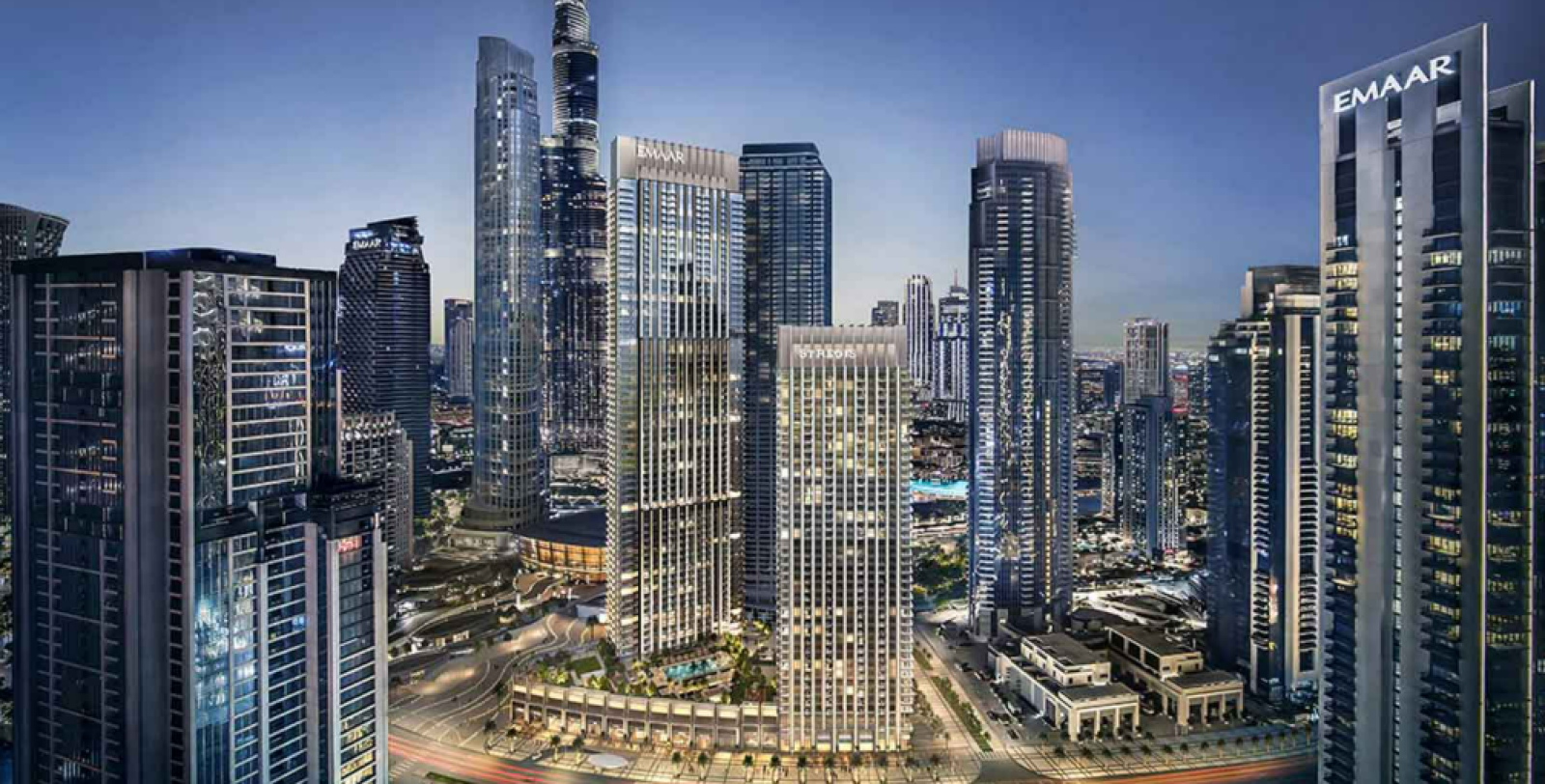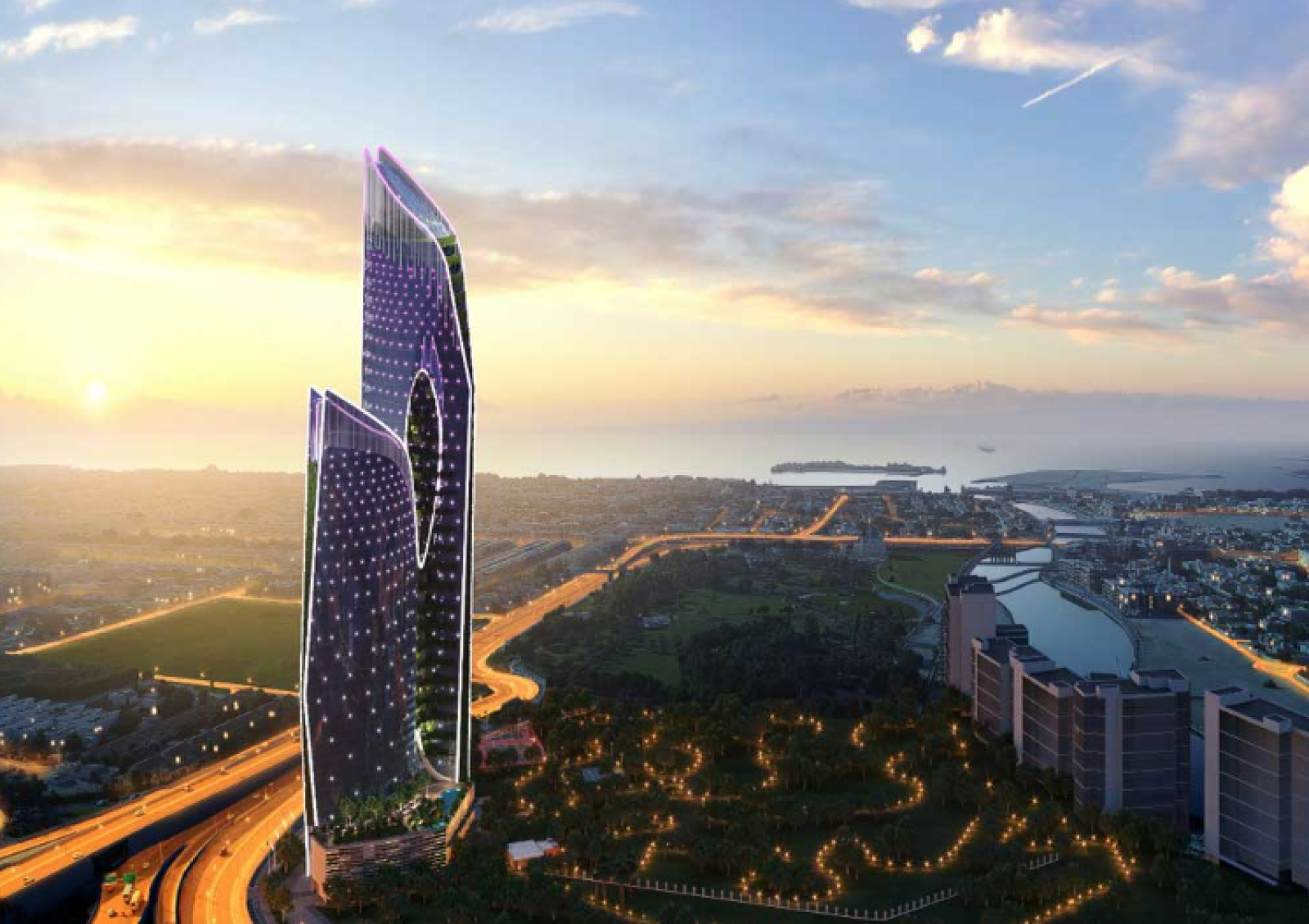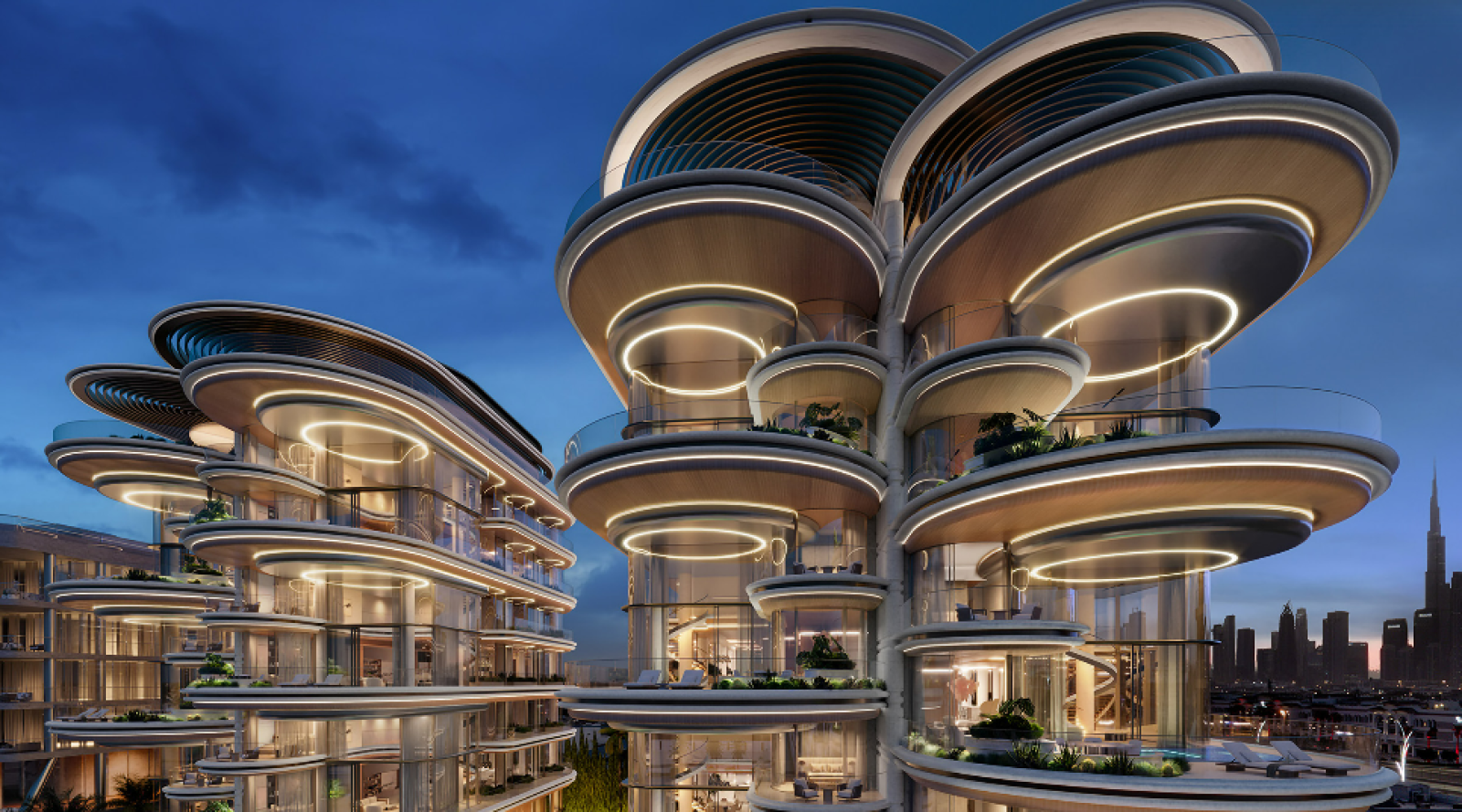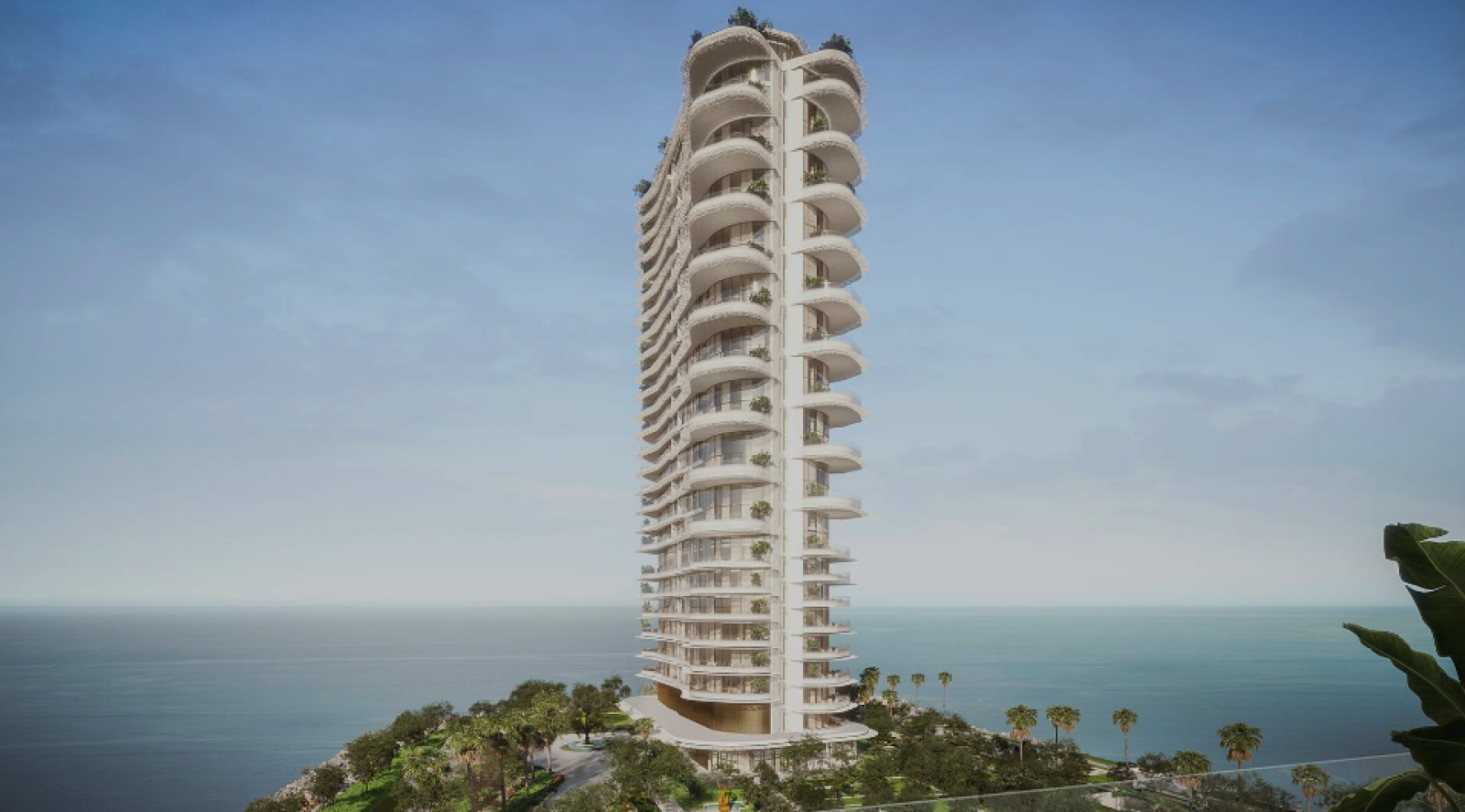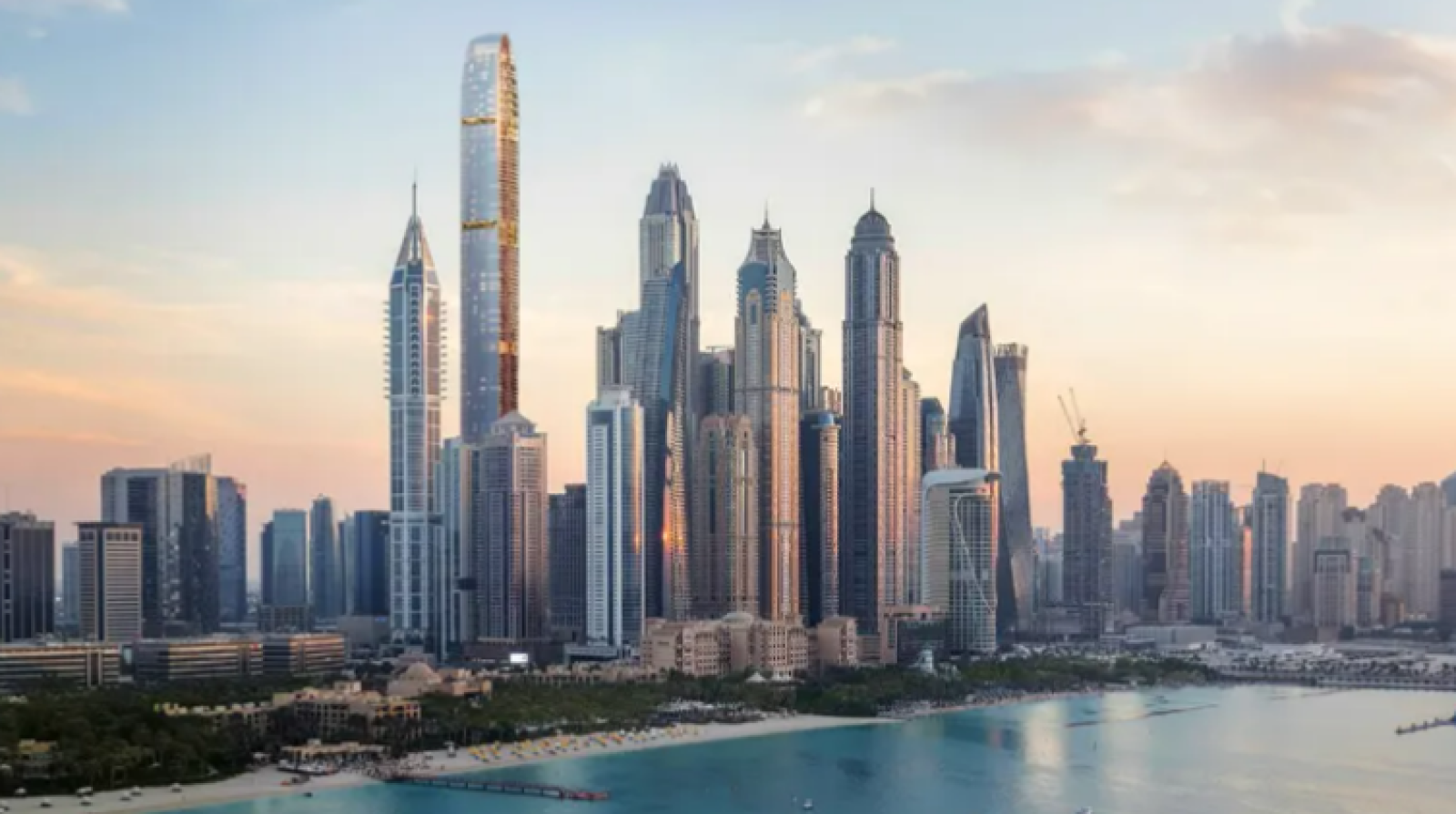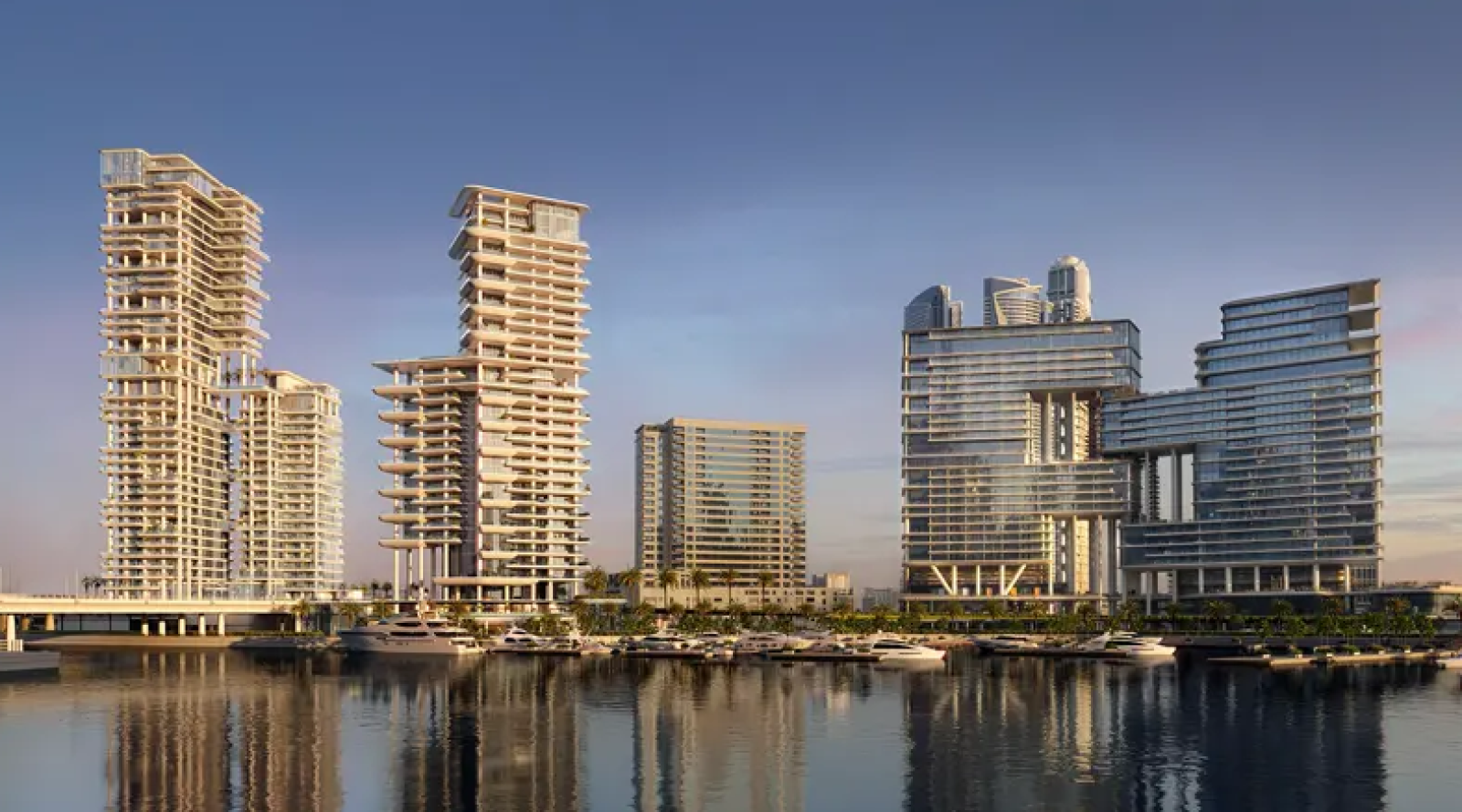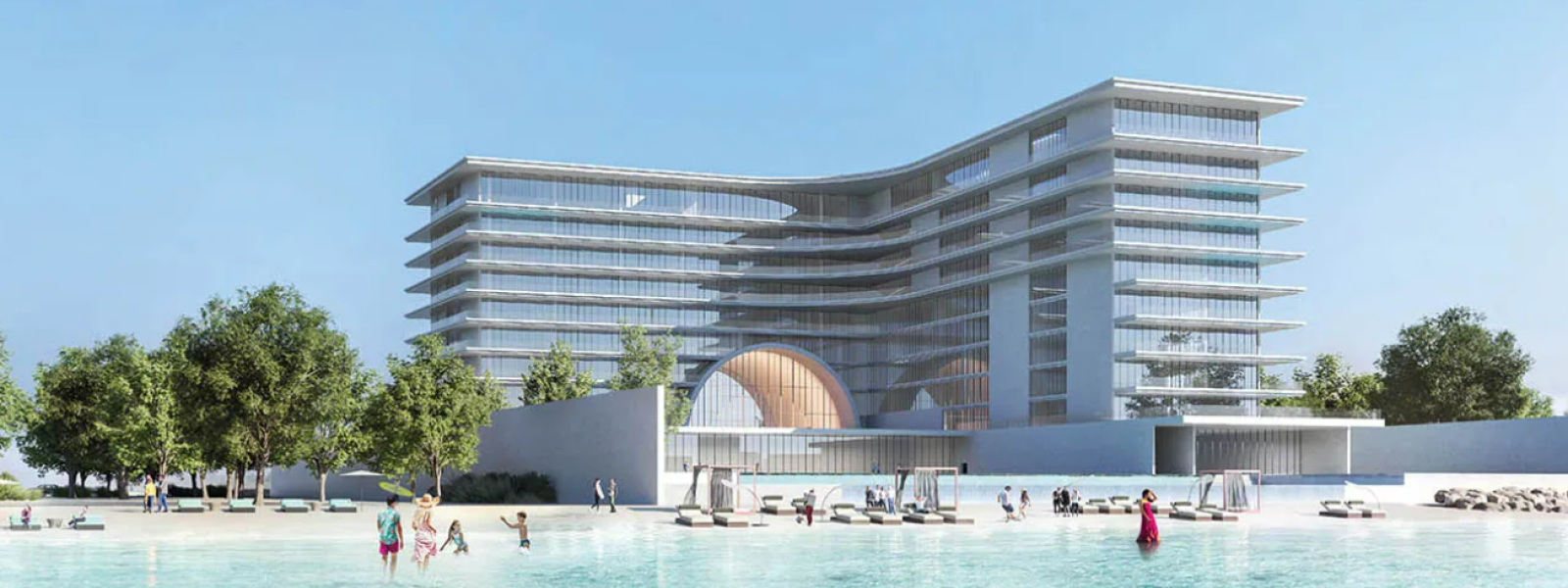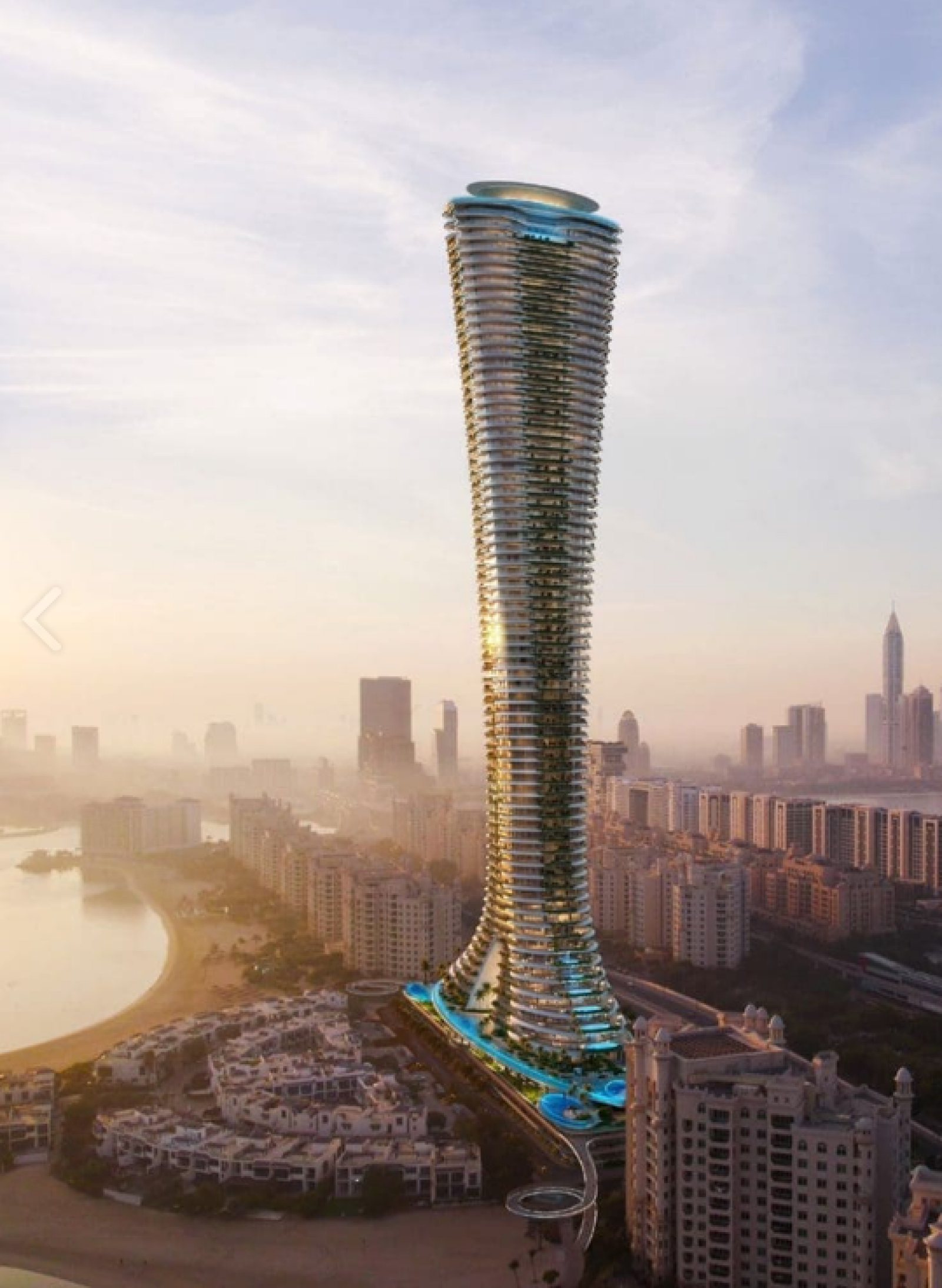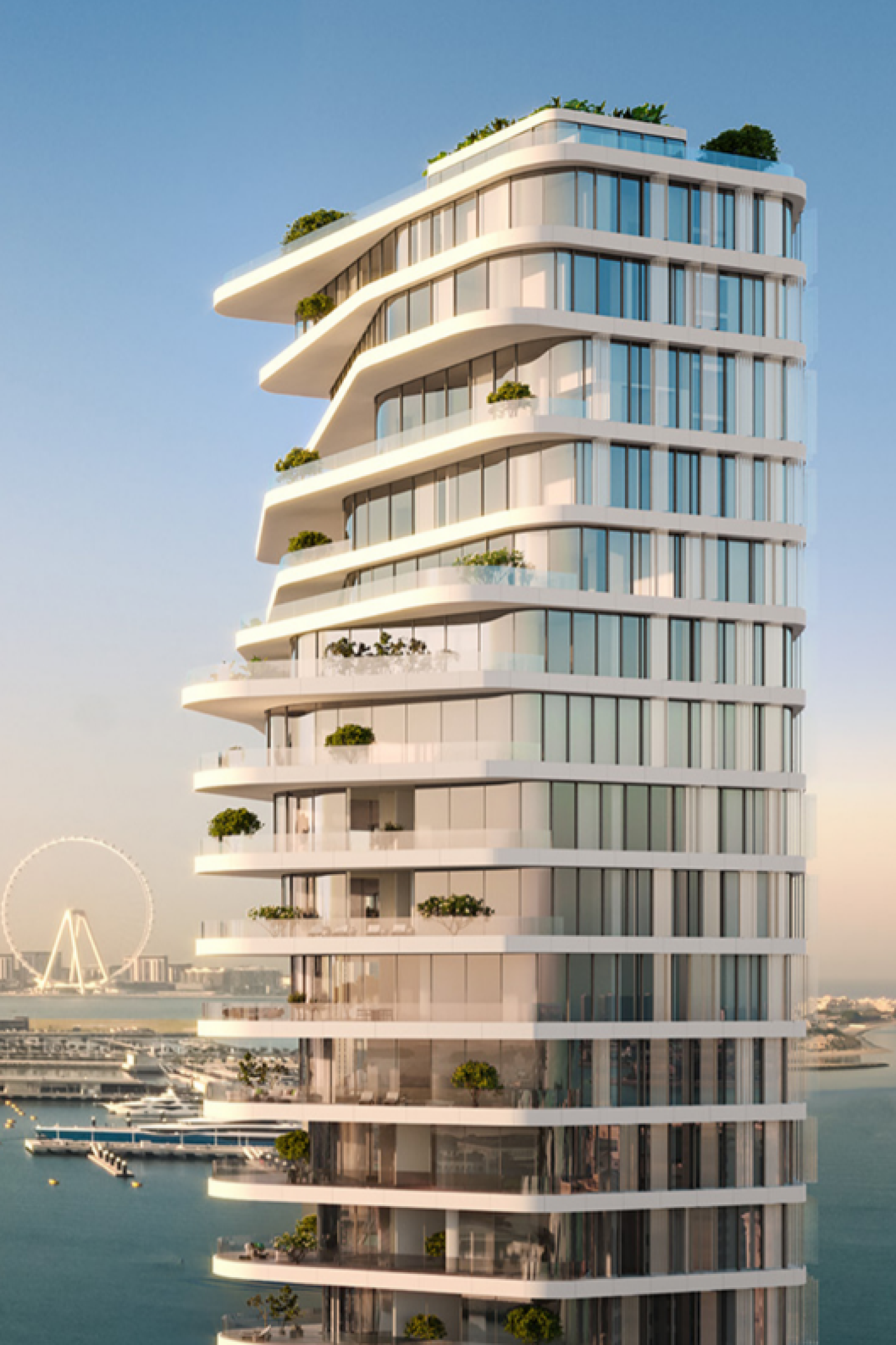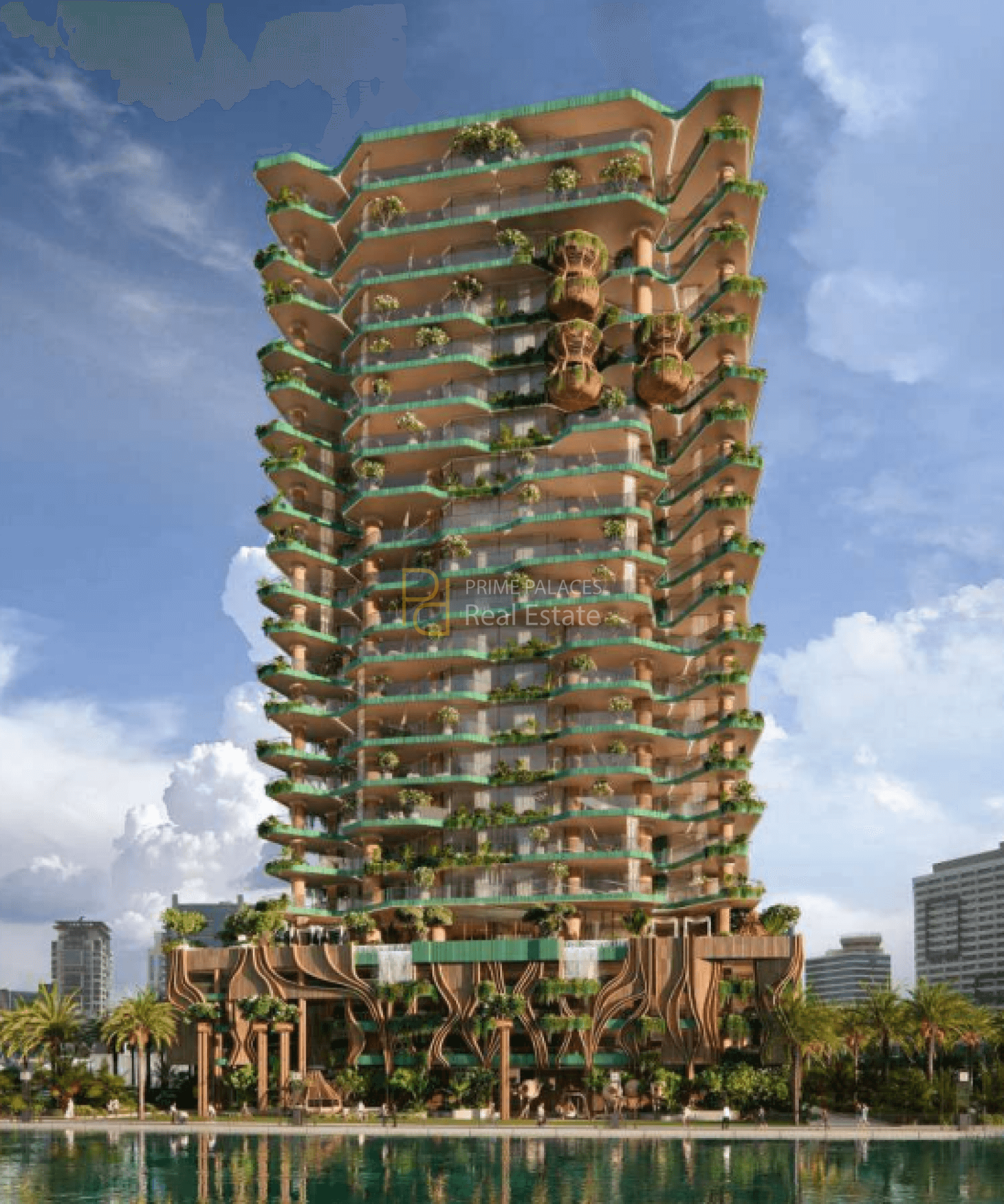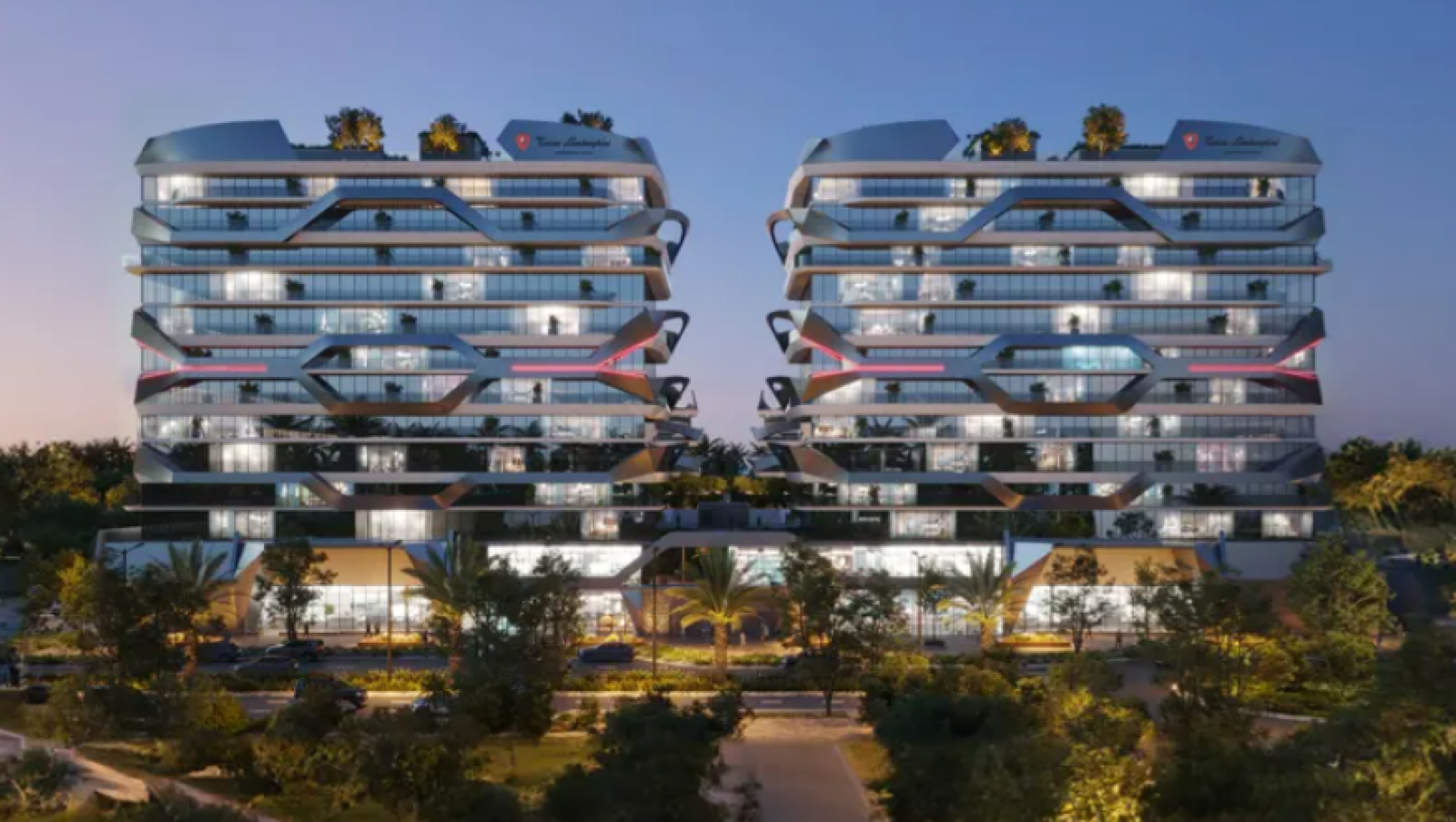The Rise of Co-Living Spaces in Dubai
Dubai is known for luxury living and iconic skyscrapers, but in recent years, a new housing model has emerged to meet the needs of a younger, more flexible population: co-living spaces in Dubai. Driven by affordability, convenience, and lifestyle demand, co-living is becoming one of the fastest-growing trends in the Dubai property market.
What started as a niche offering is now gaining momentum, supported by developers, operators, and tech-enabled platforms that cater to millennials, digital nomads, and single professionals.
1. What Are Co-Living Spaces?
Co-living is a modern form of shared housing where residents rent private bedrooms within a larger, fully furnished residential setup. These communities offer shared kitchens, lounges, workspaces, and sometimes even gyms and cafes—designed to foster interaction and convenience.
Unlike traditional flat-sharing, co-living is structured, professionally managed, and often comes with short-term leasing flexibility. Residents pay a single monthly fee covering rent, utilities, internet, and services.
2. Why Co-Living Is on the Rise in Dubai
Several trends are fueling the rise of co-living spaces in Dubai:
-
Affordability: Rising rental costs have made co-living an attractive solution for those who want access to premium locations without committing to high rents or long leases.
-
Lifestyle: Young professionals value community, networking, and mobility. Co-living delivers all three in a single, managed package.
-
Flexibility: Unlike traditional rentals, co-living contracts can range from weeks to months, making them ideal for freelancers, expats, or those testing the waters before relocating permanently.
3. Who’s Choosing Co-Living?
Dubai’s co-living residents are typically:
-
Young professionals working in tech, media, and finance
-
Entrepreneurs and startup founders
-
Remote workers and digital nomads
-
New expats needing a soft landing before settling permanently
For these groups, co-living in Dubai offers a more social, less isolating experience than traditional rentals—often with all-inclusive rates and prime locations near business districts and transport hubs.
4. Where Are Co-Living Communities Emerging?
Leading co-living developments are appearing in neighborhoods like:
-
Business Bay – Close to DIFC and Downtown, ideal for executives
-
Jumeirah Village Circle (JVC) – A hub for affordable co-living options
-
Dubai Marina – Popular for lifestyle-focused co-living communities
-
Al Quoz and Al Barsha – More budget-conscious offerings for creative sectors
Operators like Hive, Colife, and Konnex are leading the charge in creating professionally managed, community-focused living spaces that support a flexible, urban lifestyle.
5. Impact on the Dubai Property Market
Co-living spaces offer developers and landlords new ways to optimize large properties for high occupancy and recurring rental income in Dubai. Investors are increasingly looking at co-living as a viable alternative to long-term rentals, especially in areas with transient or single-resident demographics.
While not a fit for families, co-living meets the growing demand for affordable, well-managed housing for Dubai’s rapidly evolving workforce.
6. Is Co-Living a Long-Term Trend?
Yes. With Dubai embracing remote work, global talent, and more fluid professional lifestyles, co-living in Dubai is expected to grow. Future developments may blend co-living with co-working, further enhancing the live-work experience for next-generation residents.
Conclusion
The rise of co-living spaces in Dubai reflects a global shift in how people live, connect, and work. For residents, it offers affordability, community, and freedom. For landlords and developers, it introduces a scalable, profitable rental model aligned with the future of urban living.

